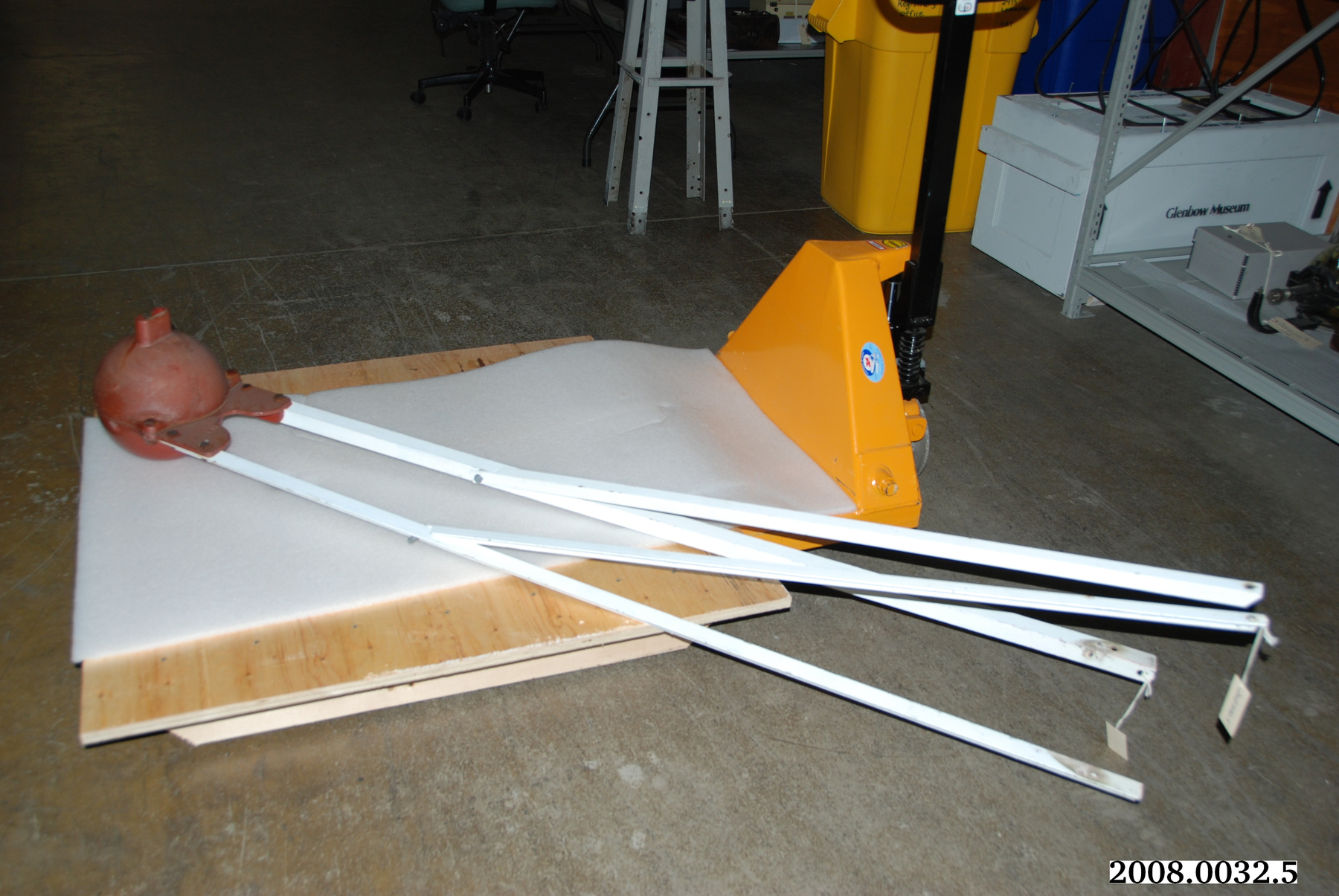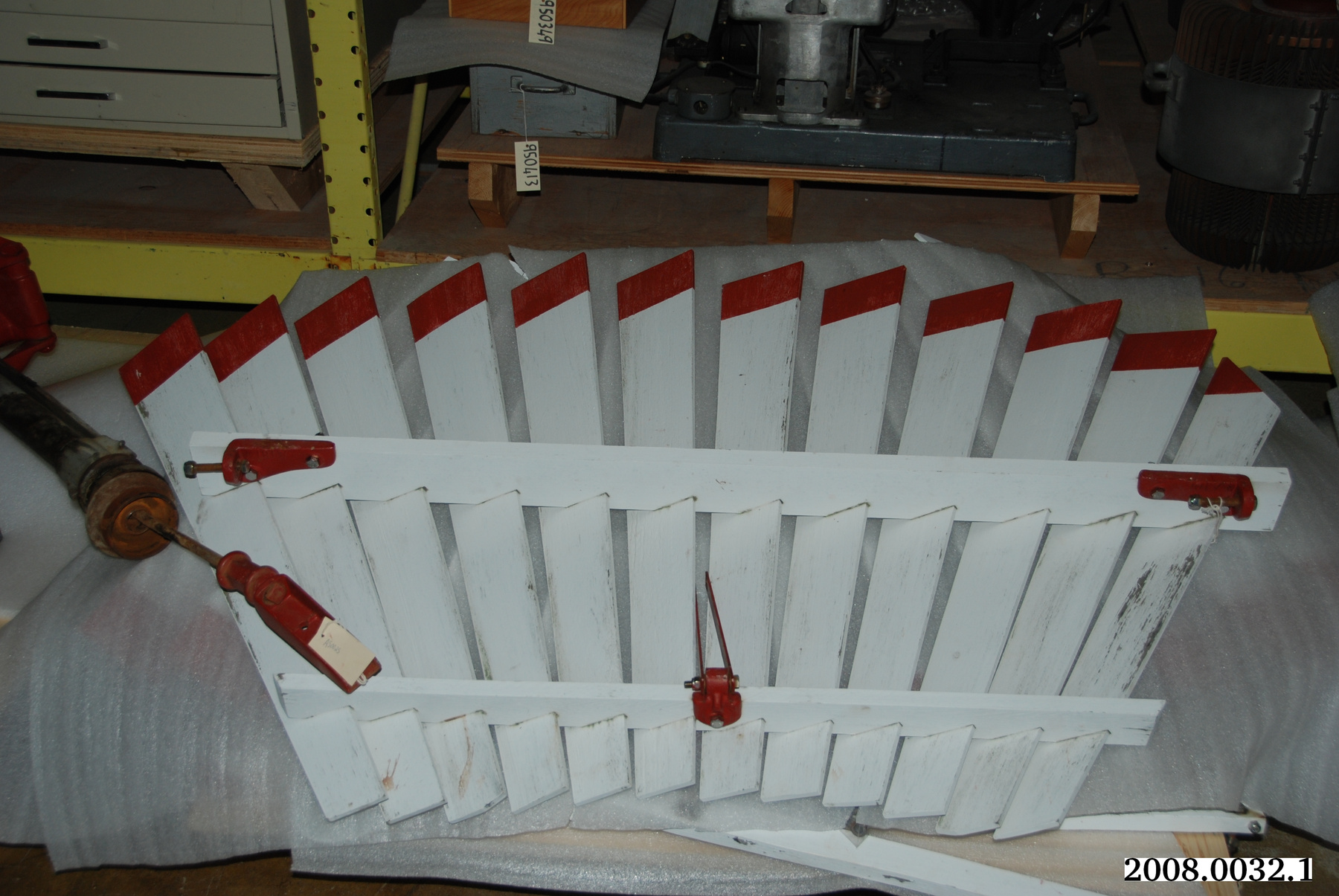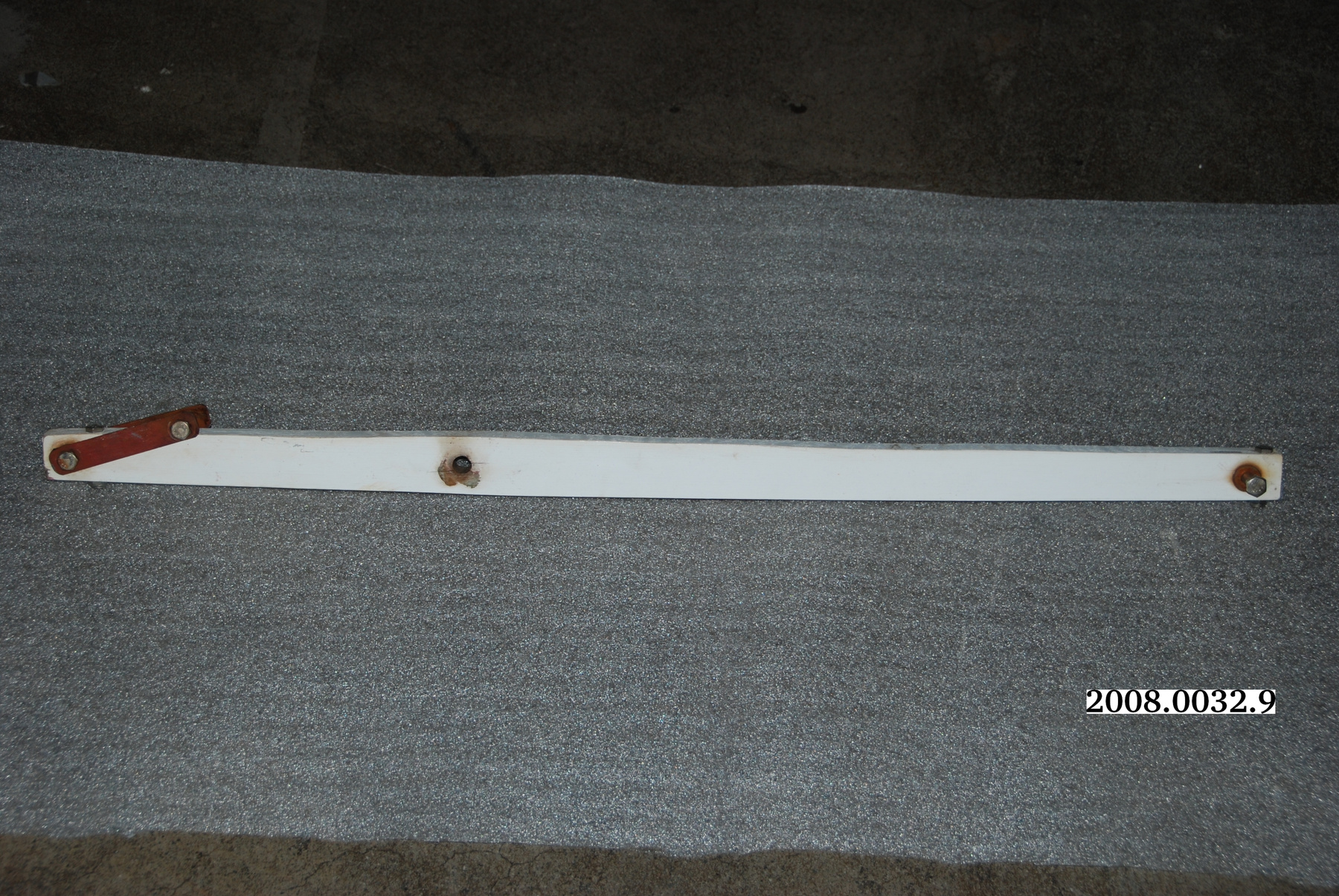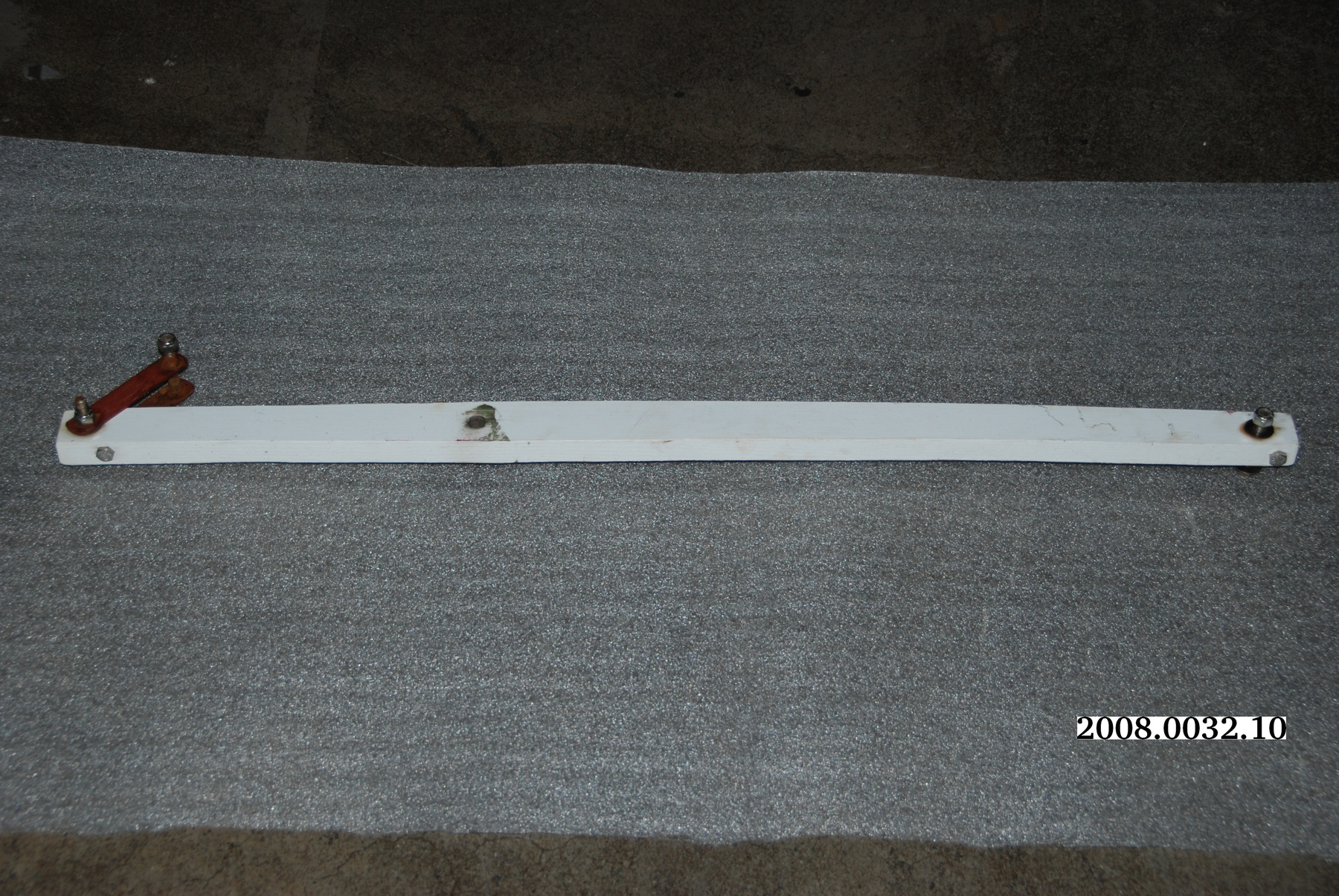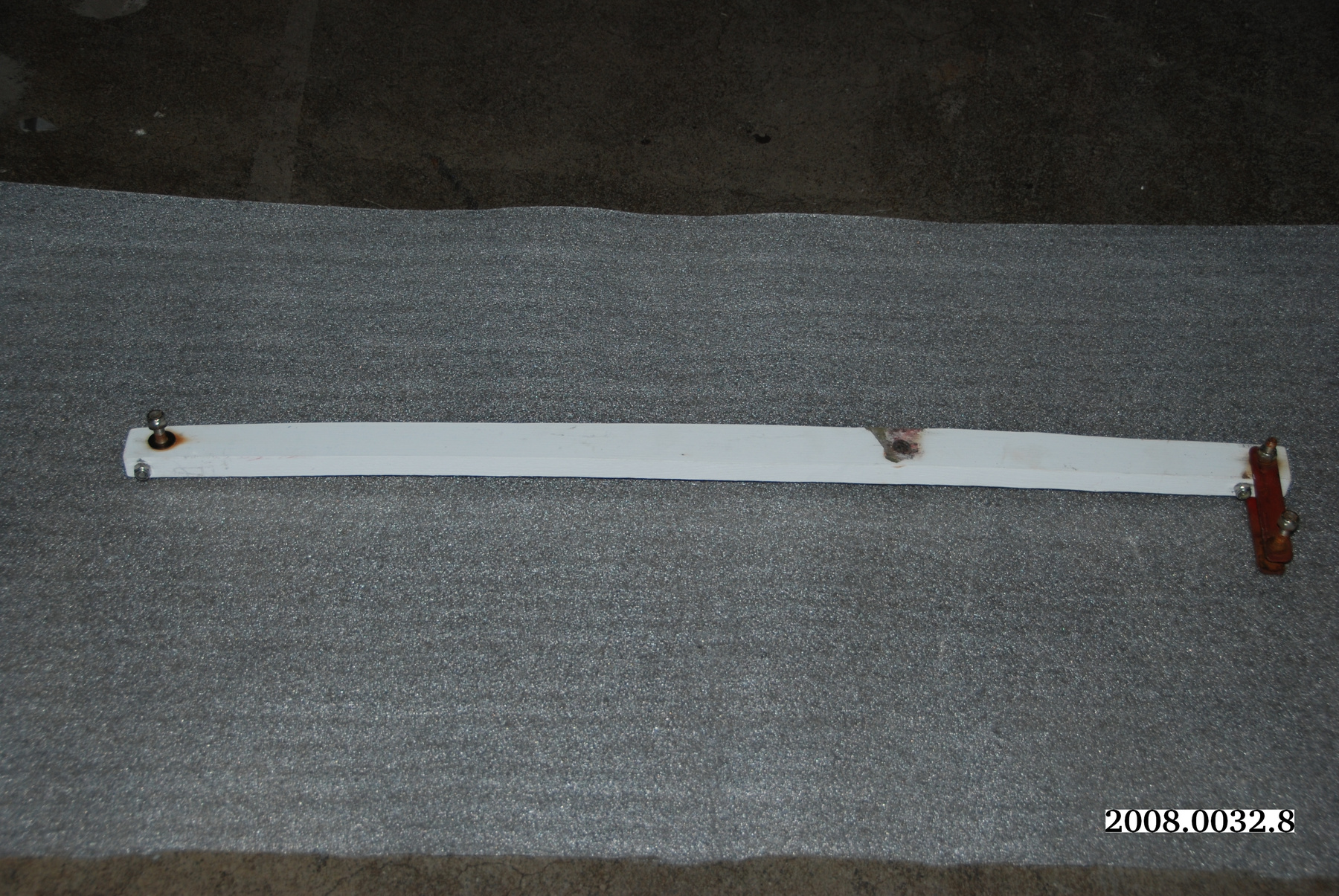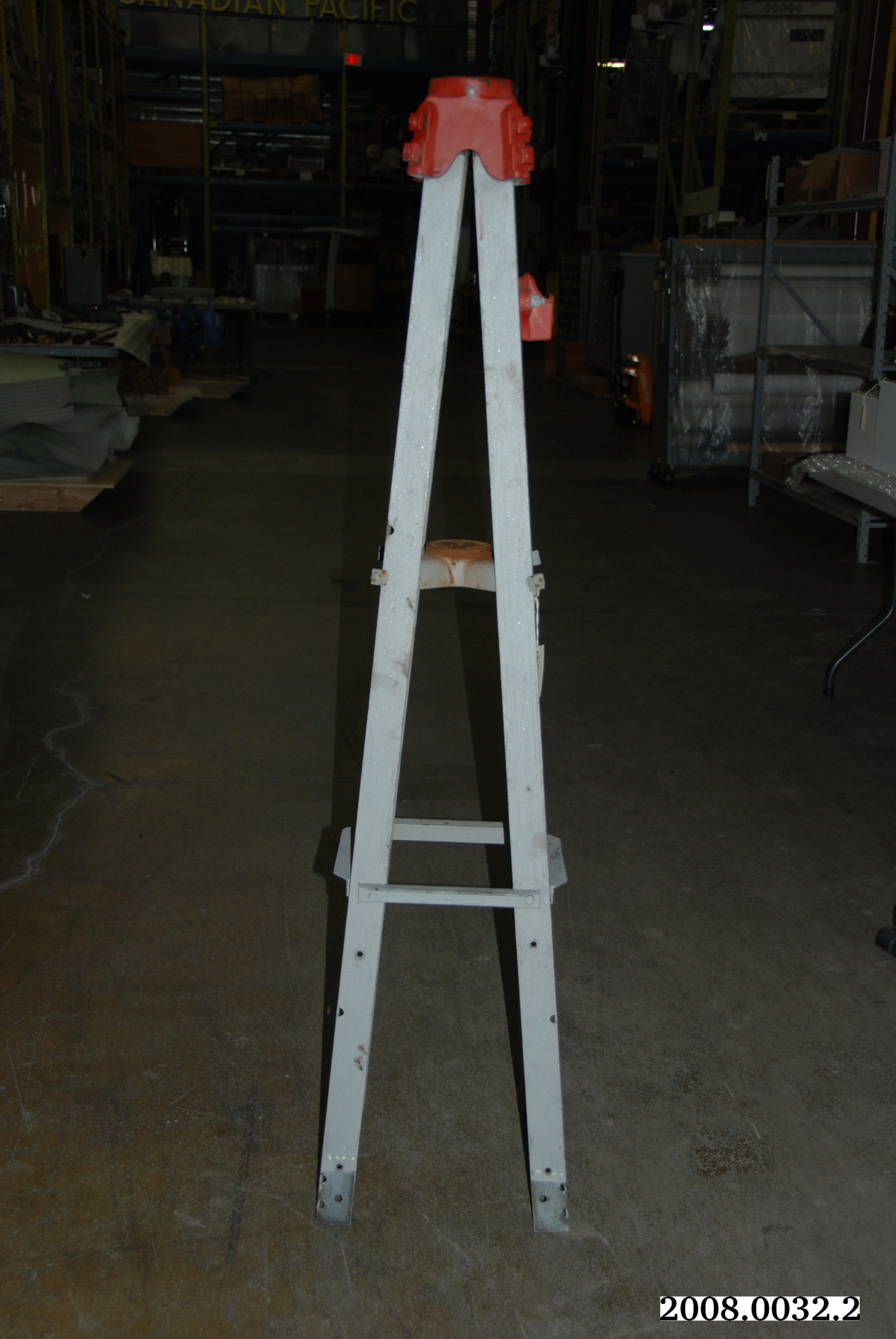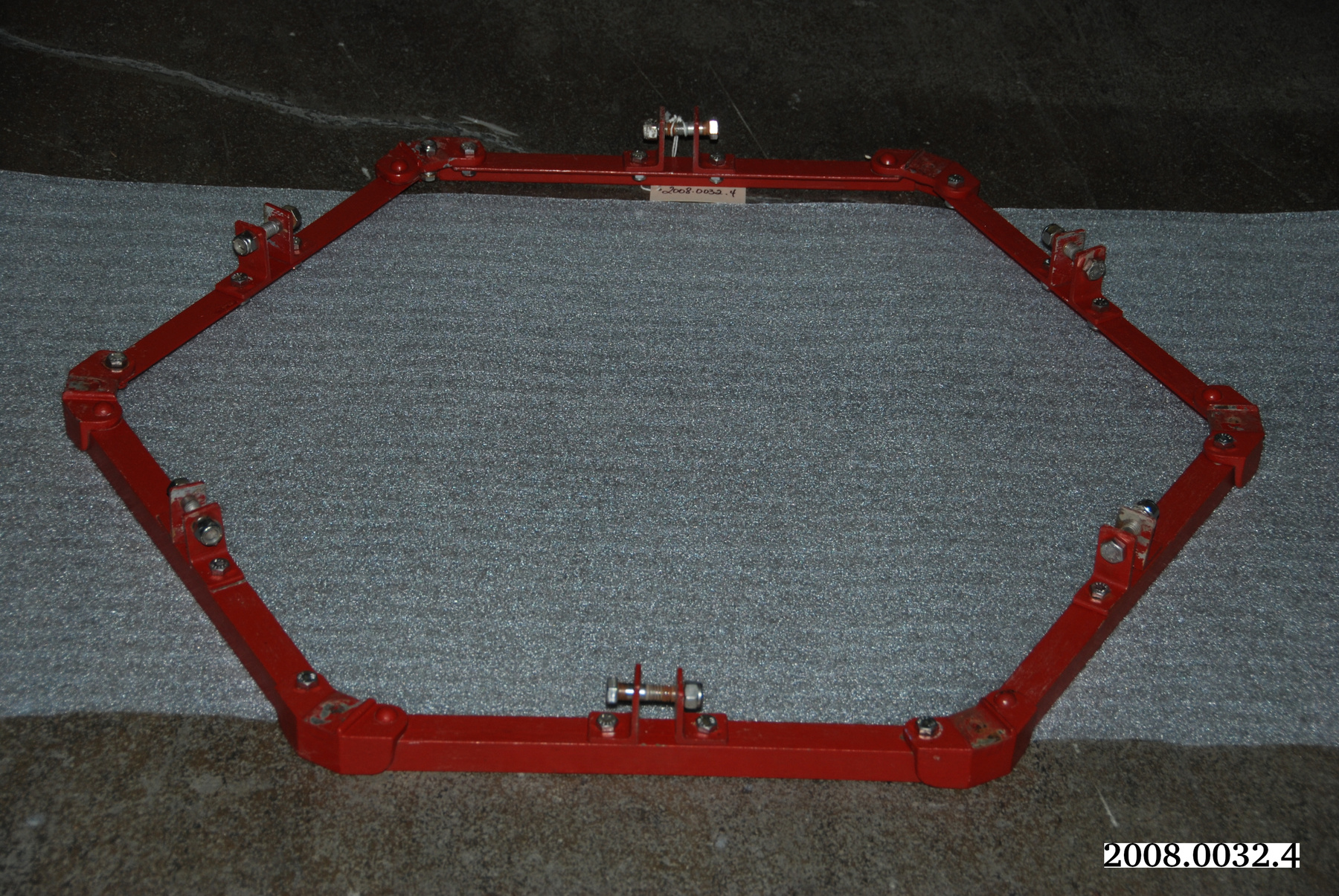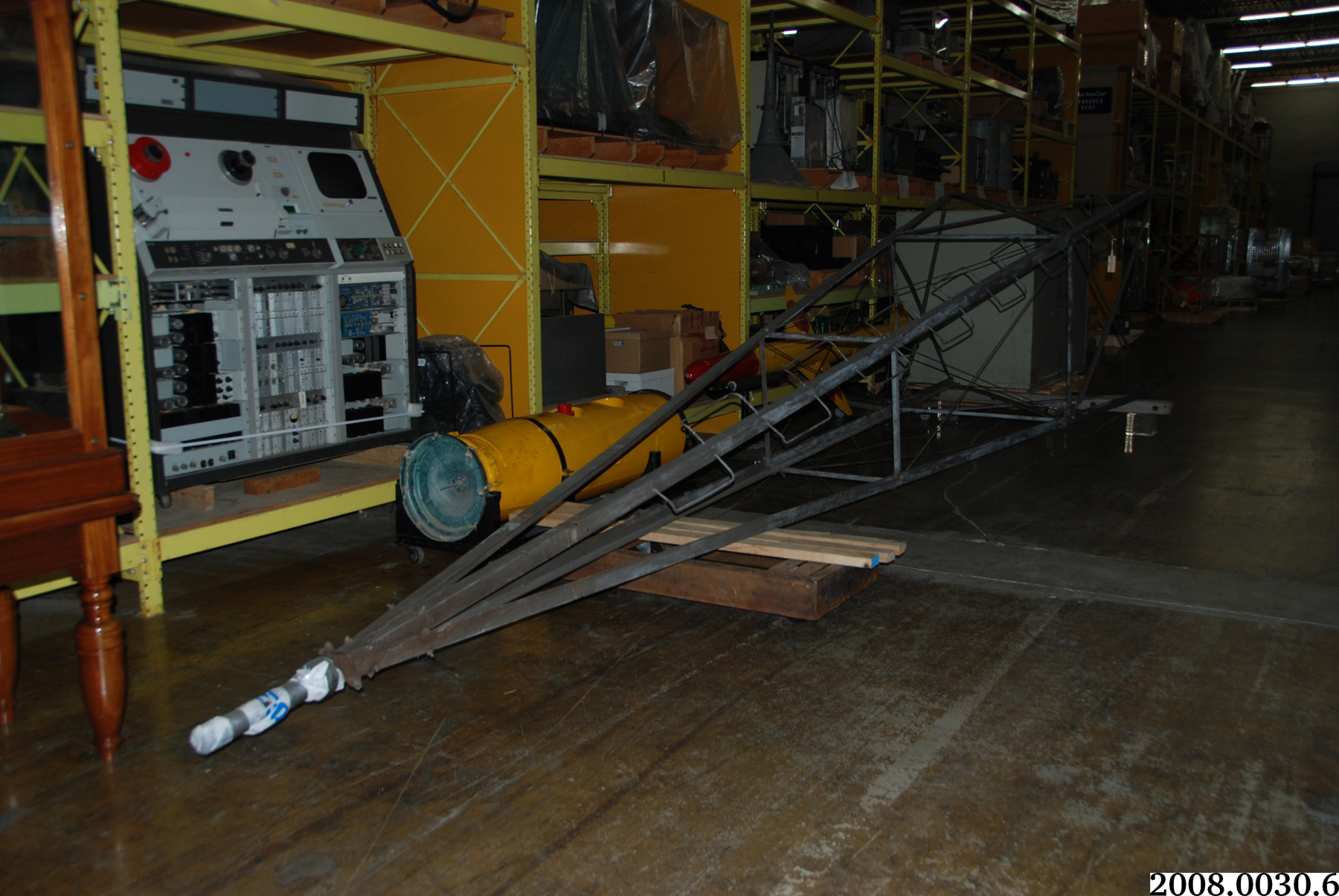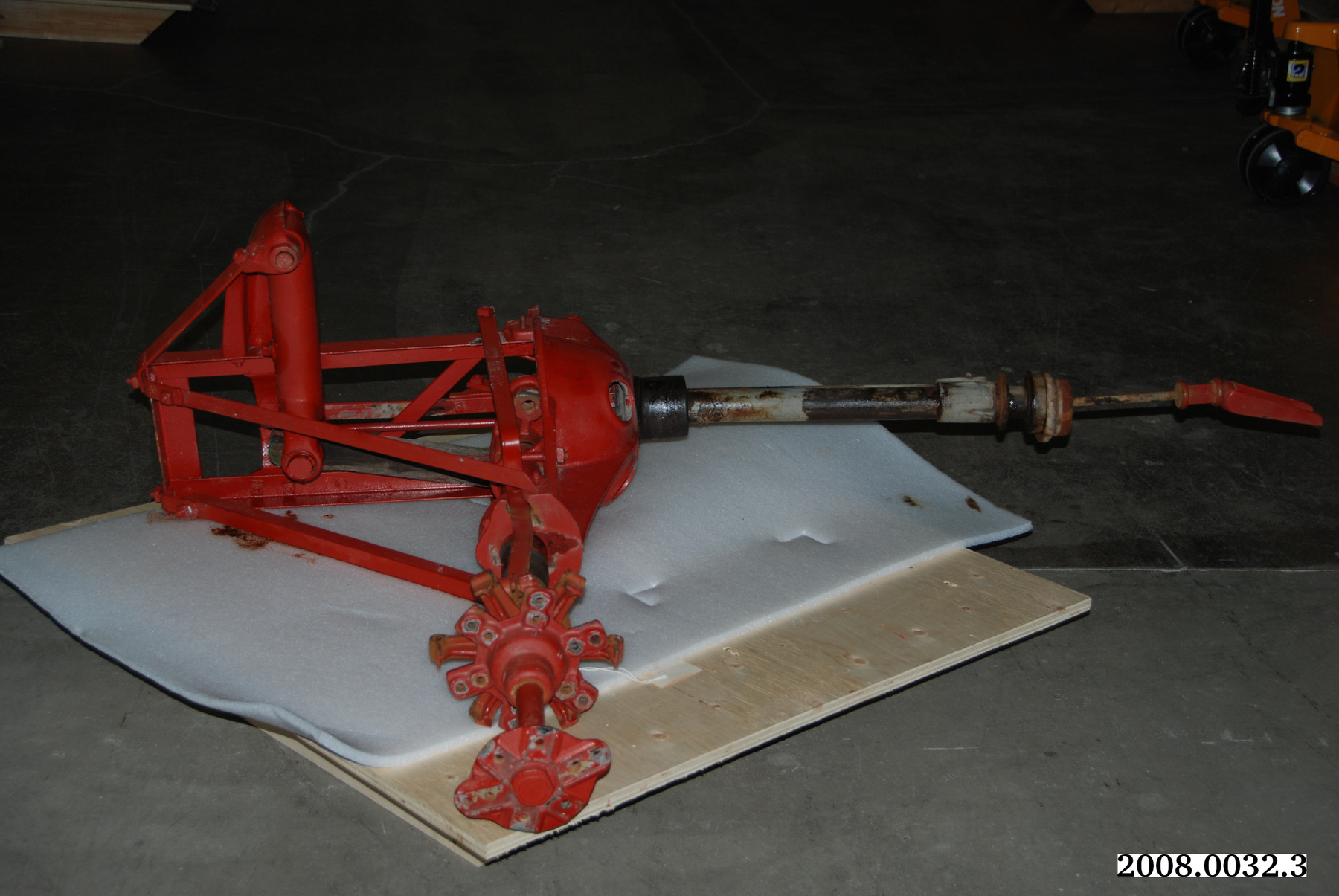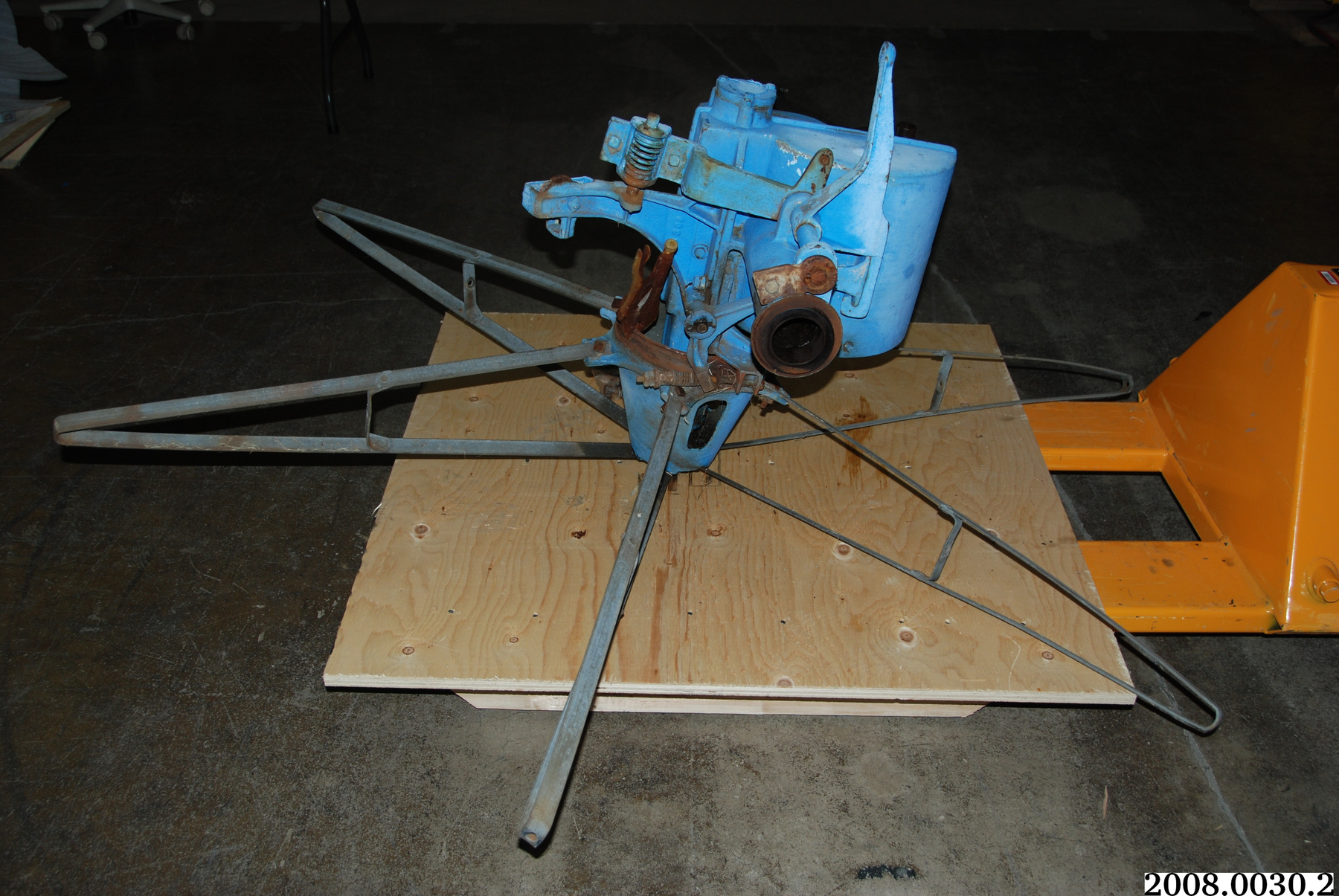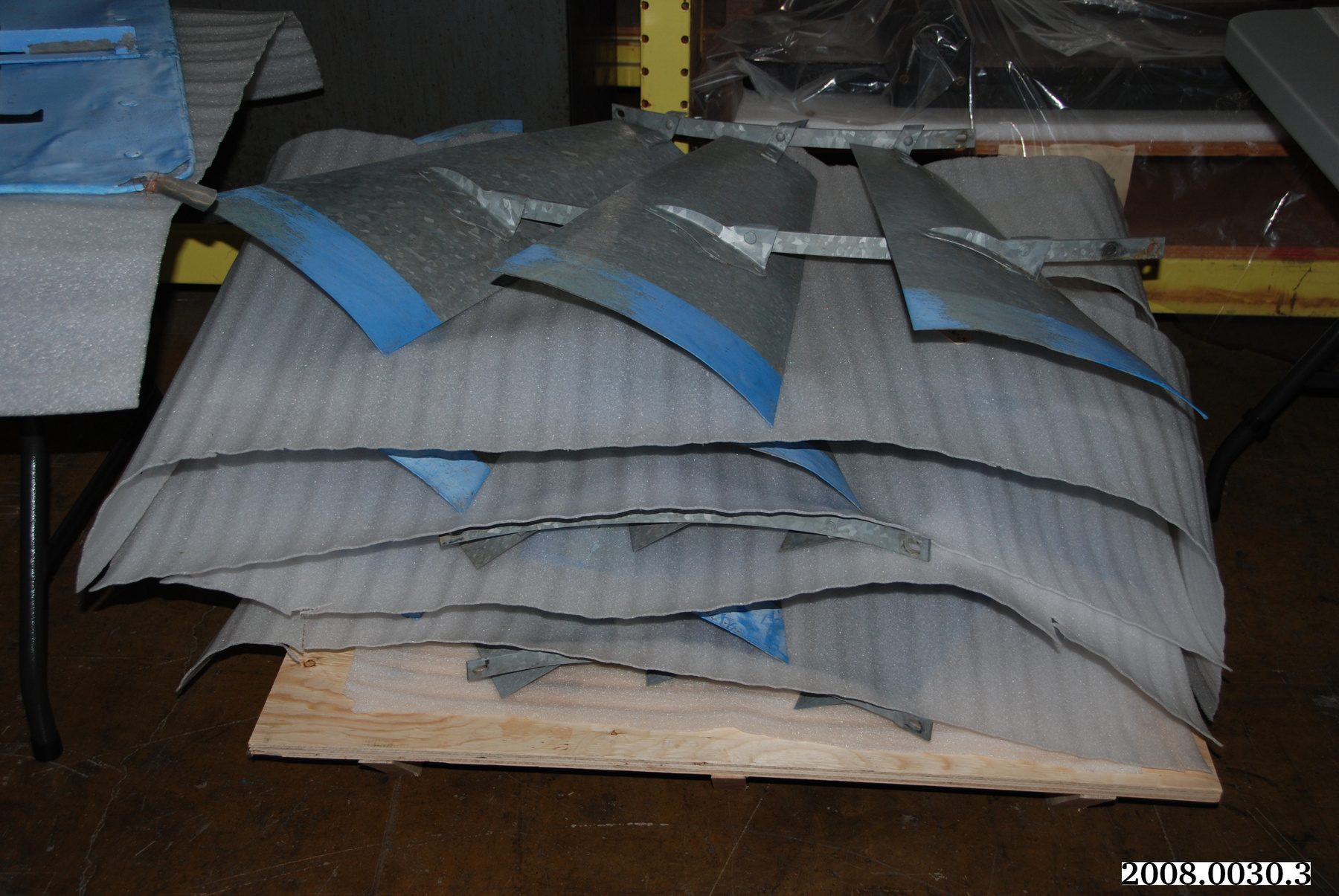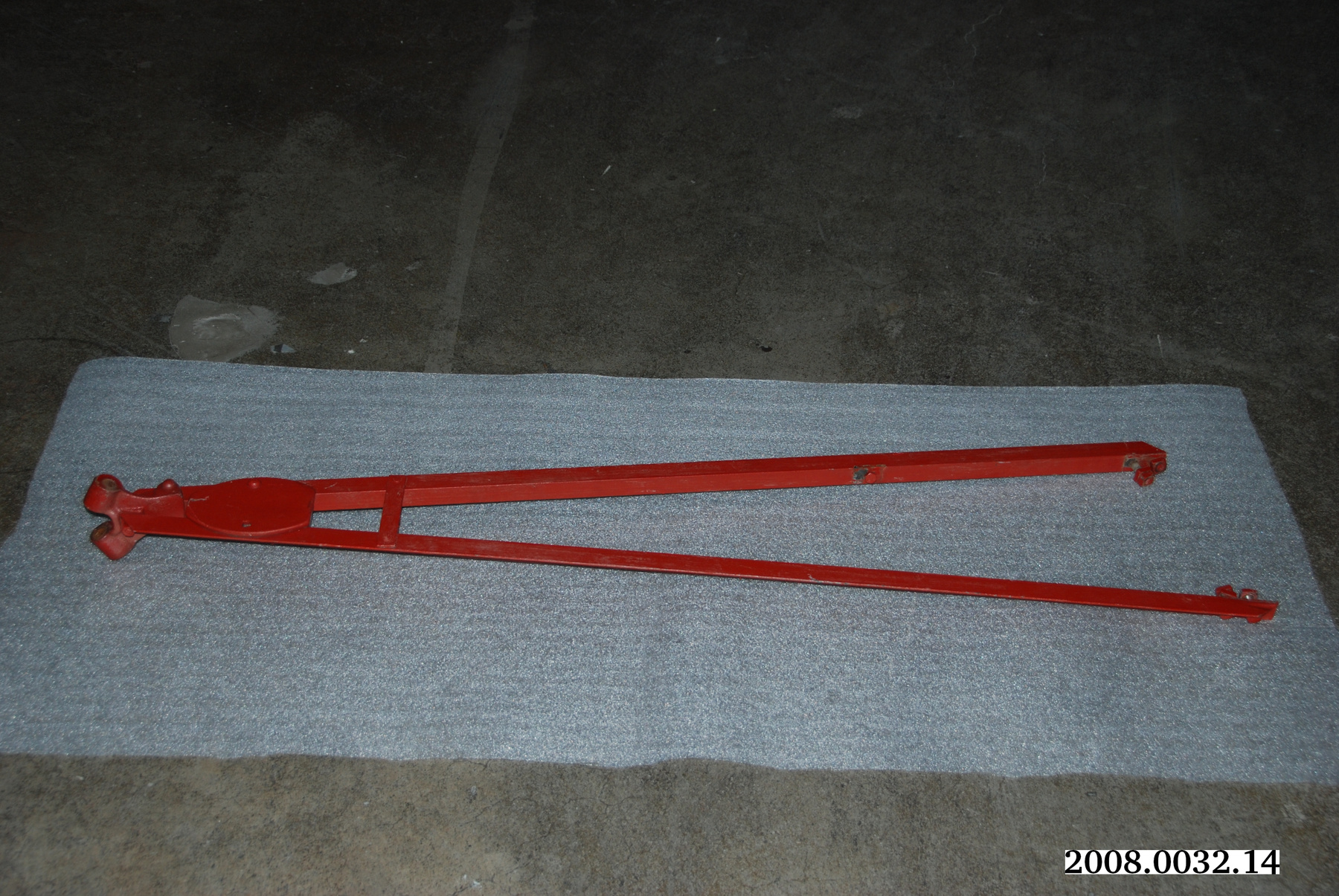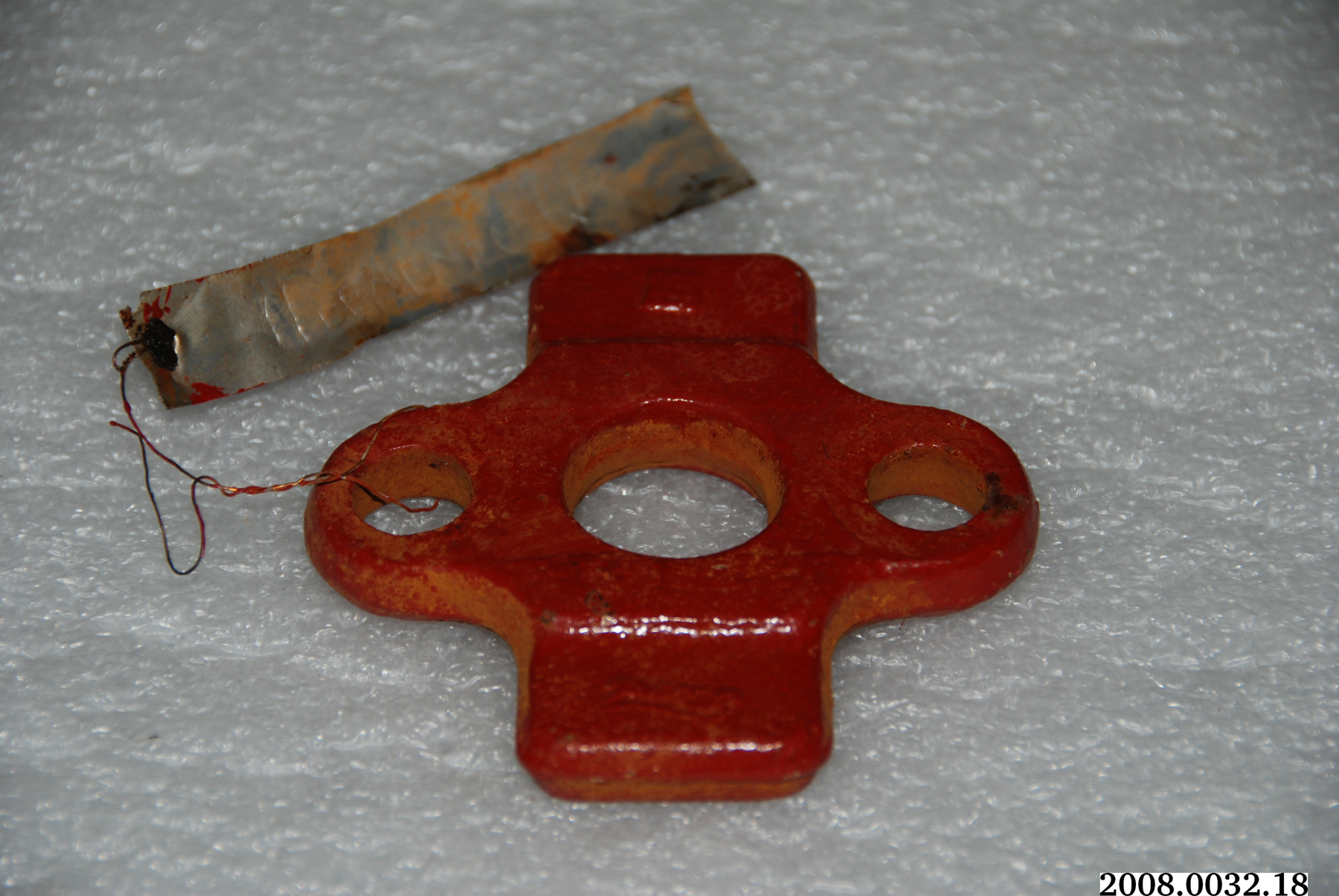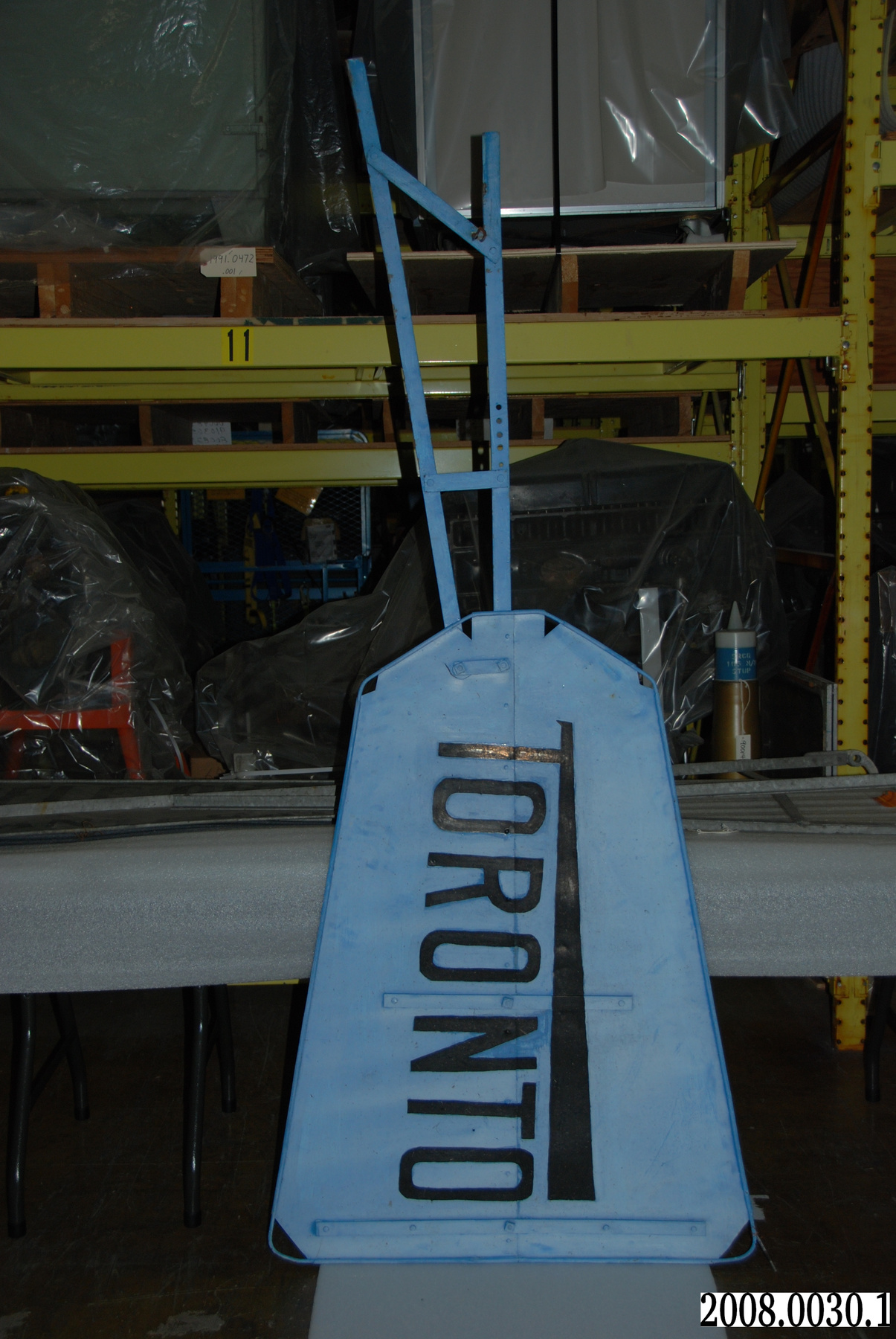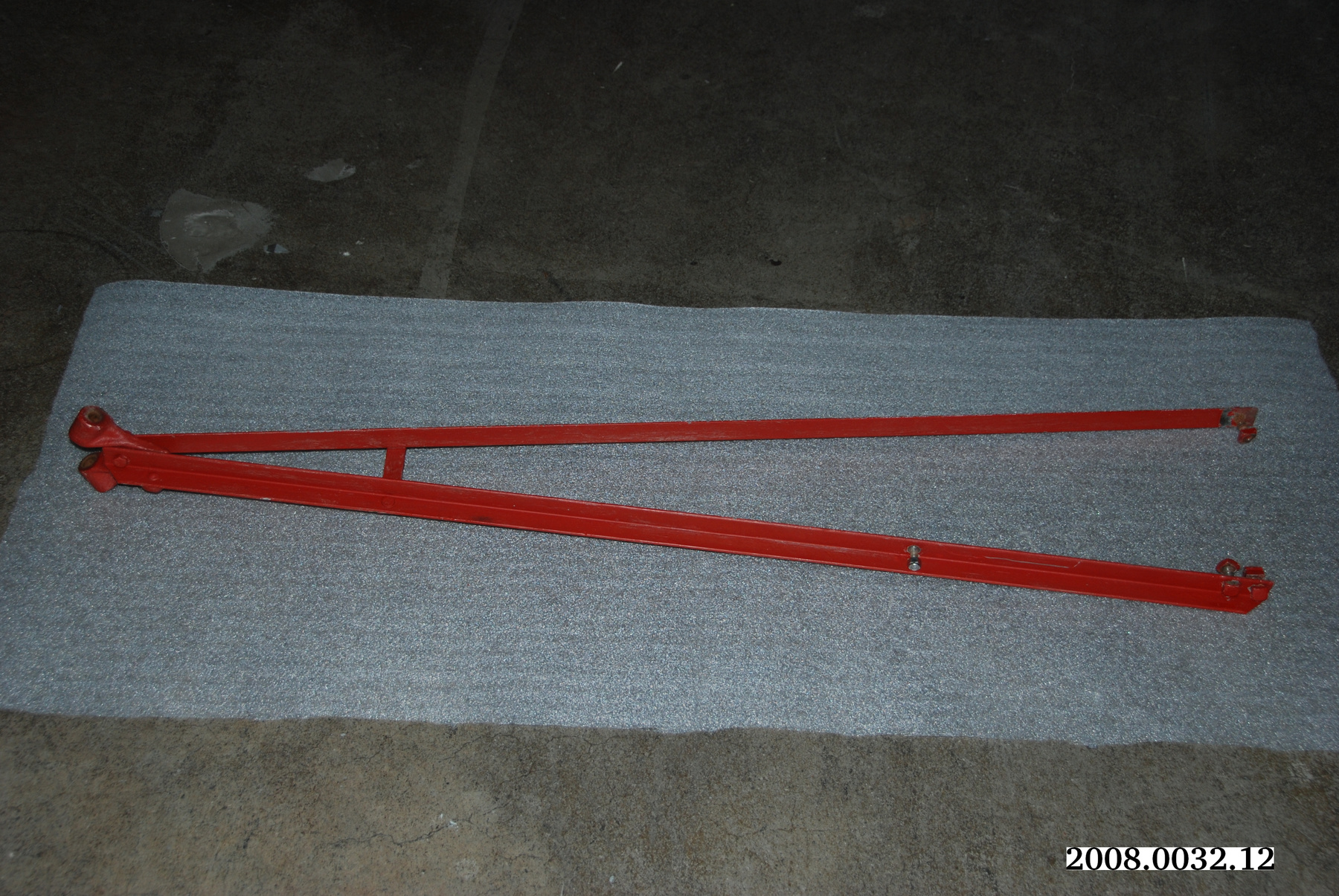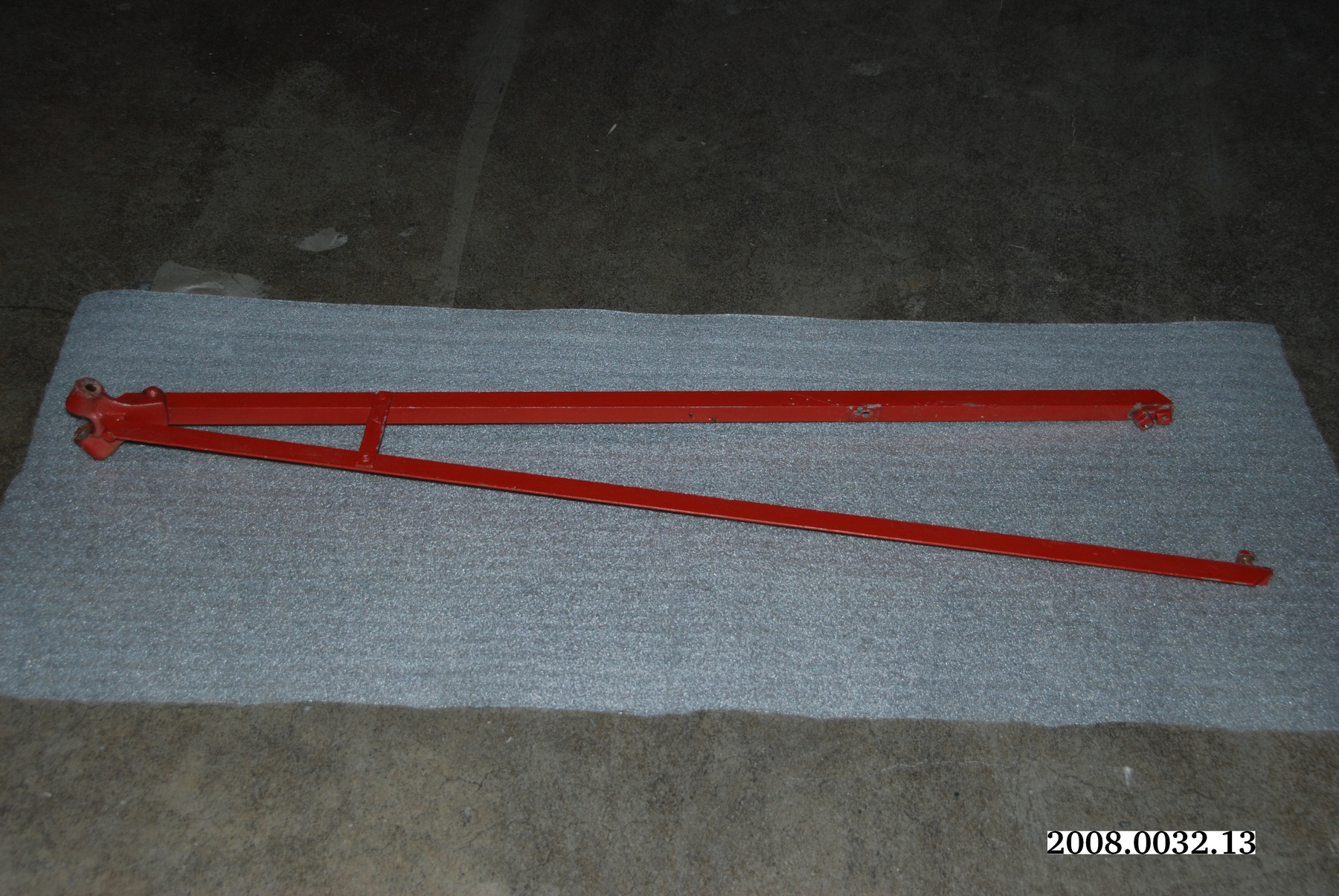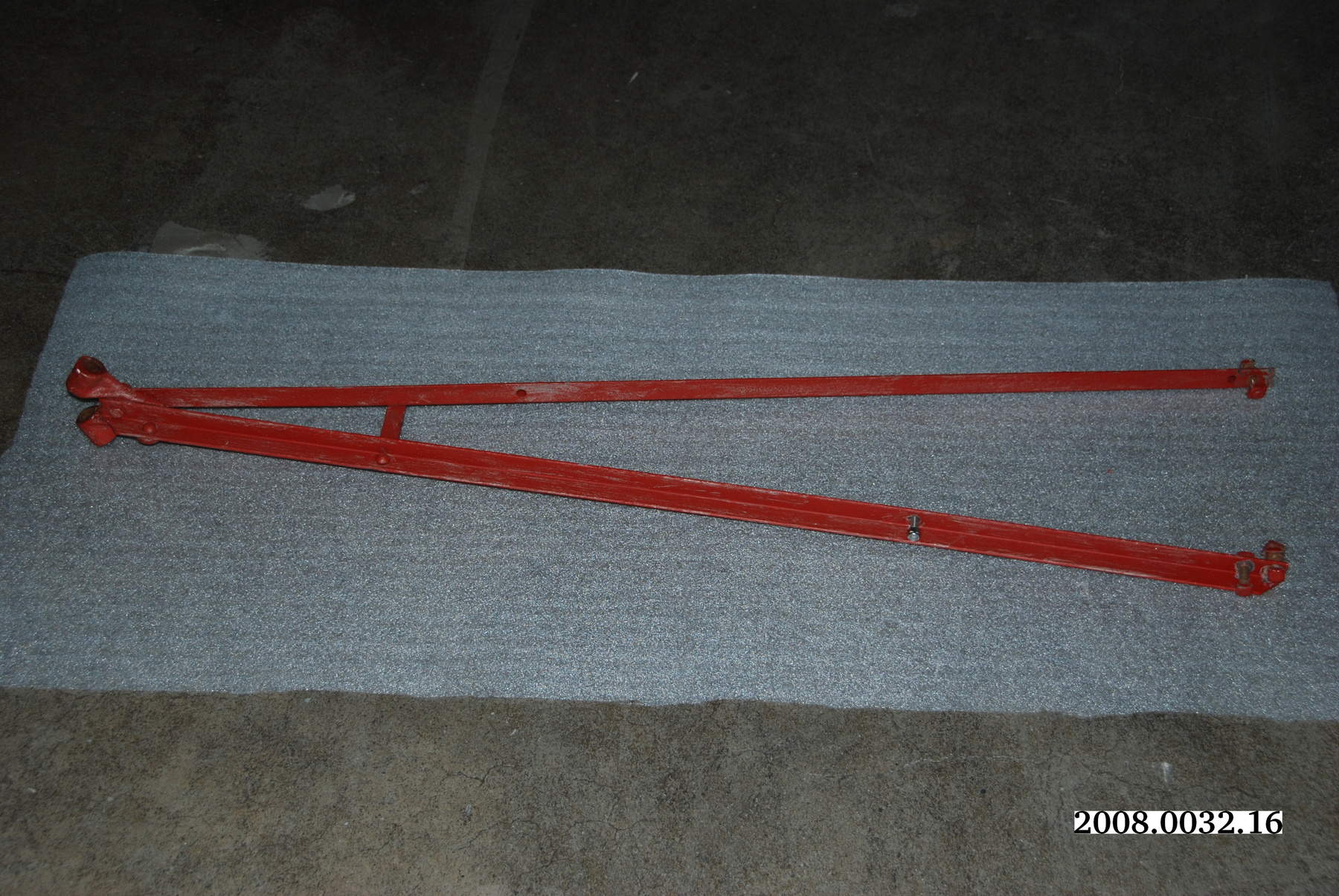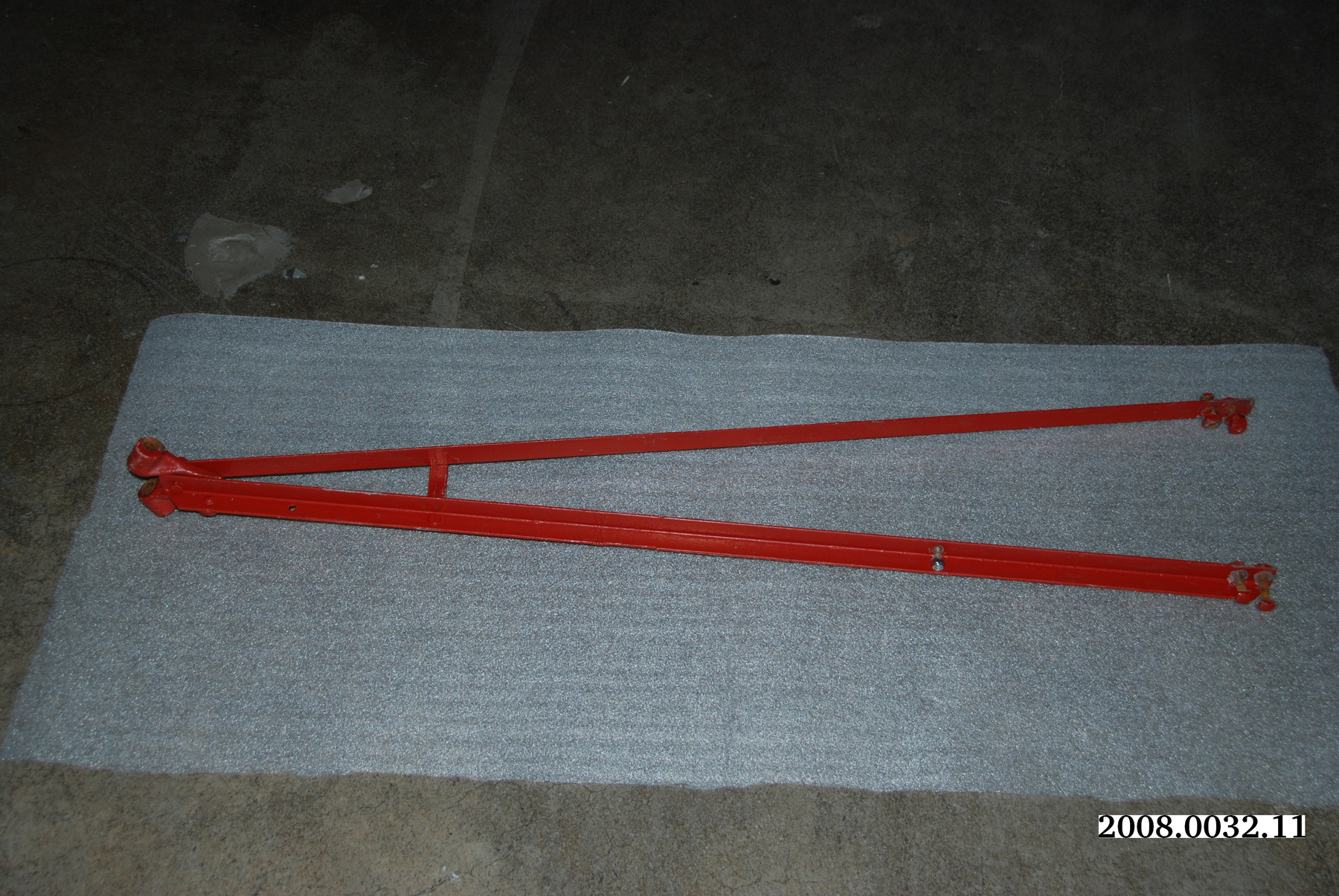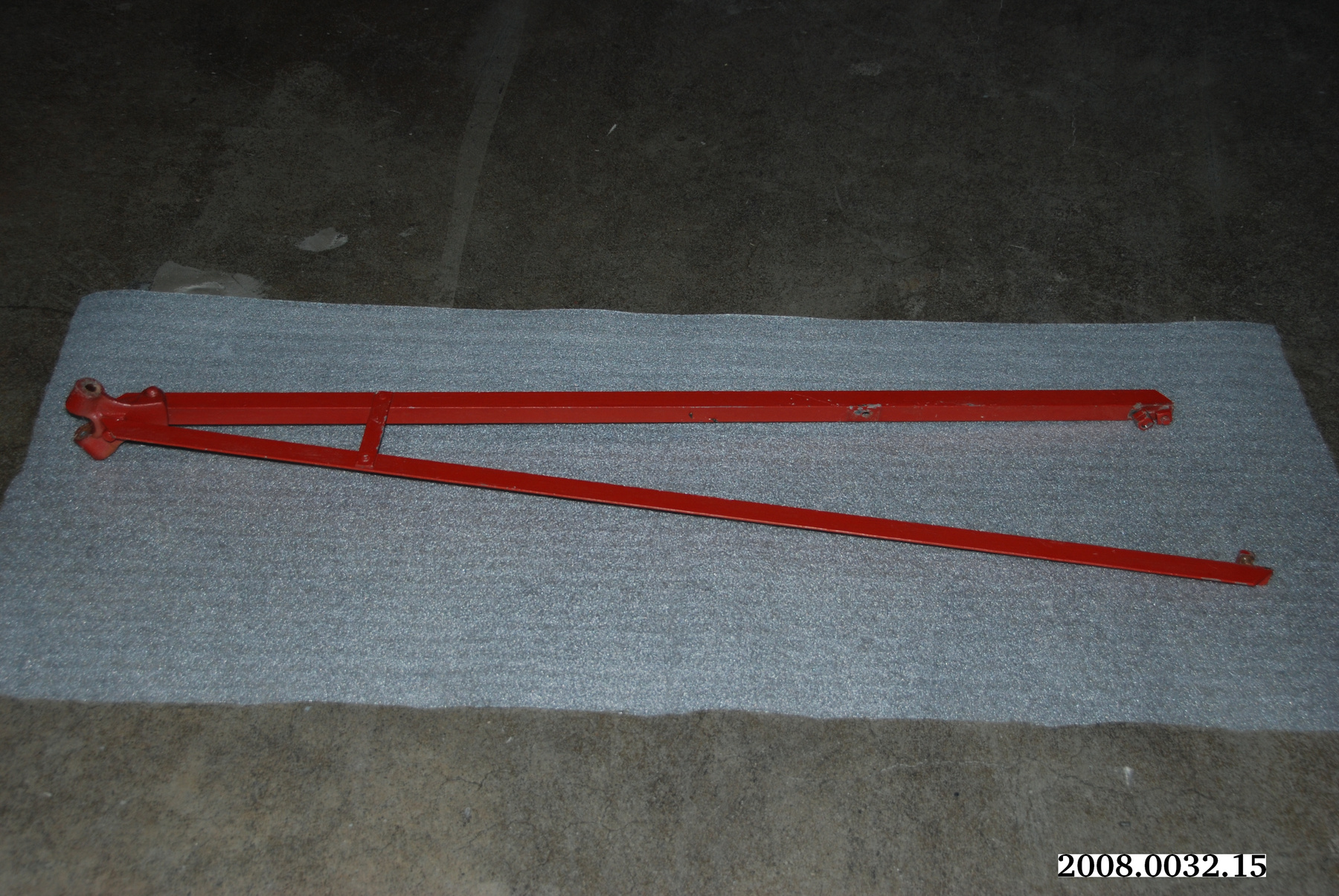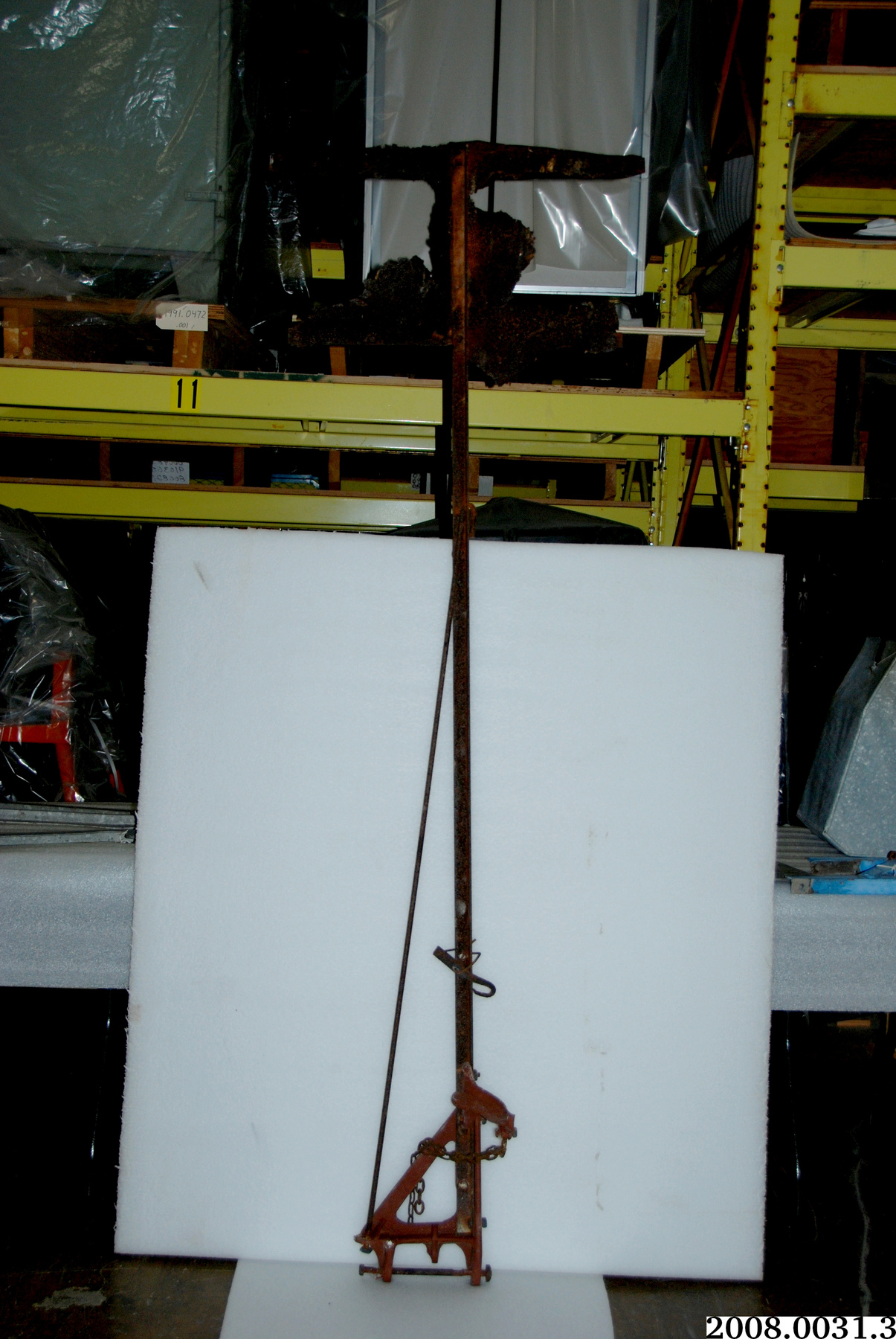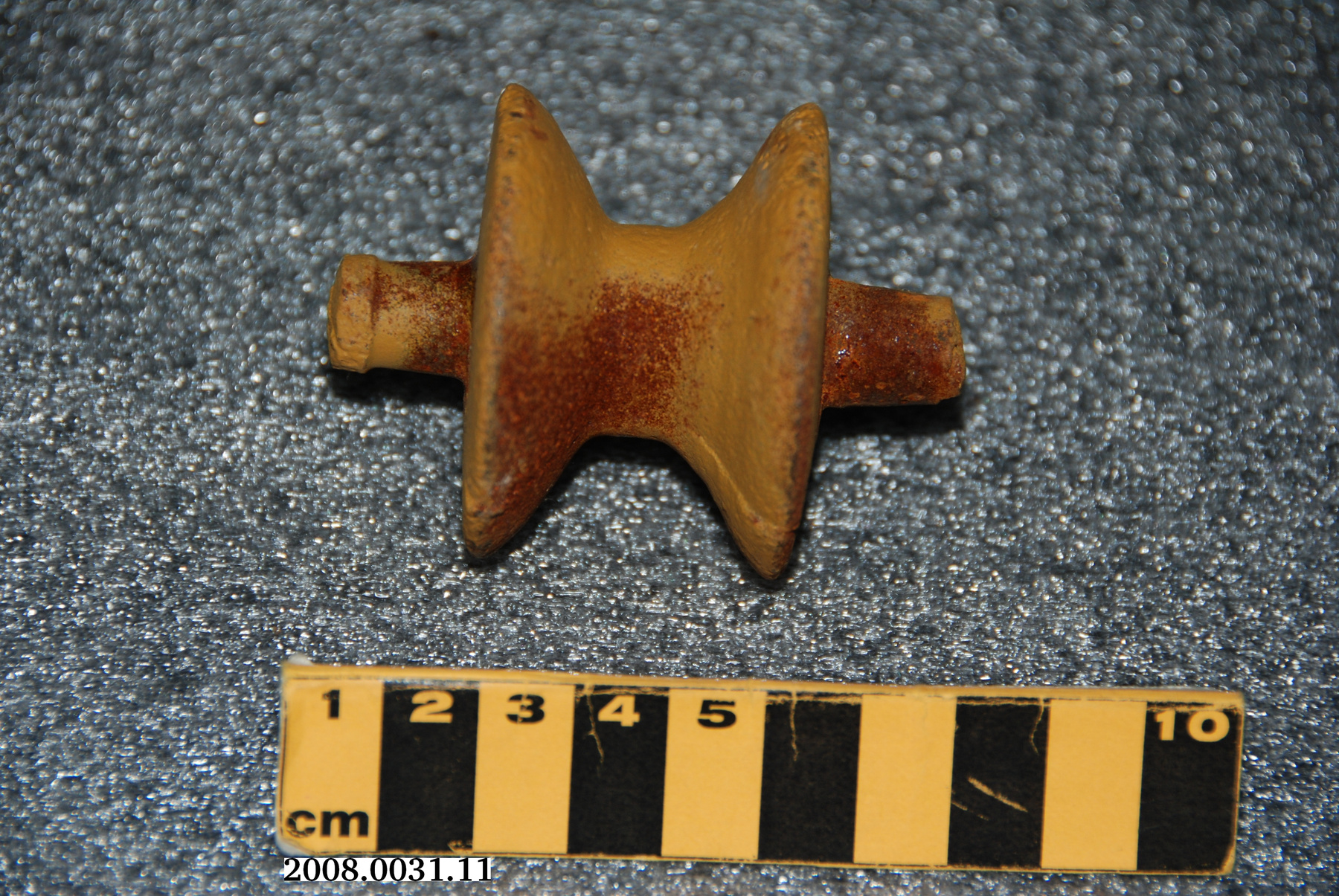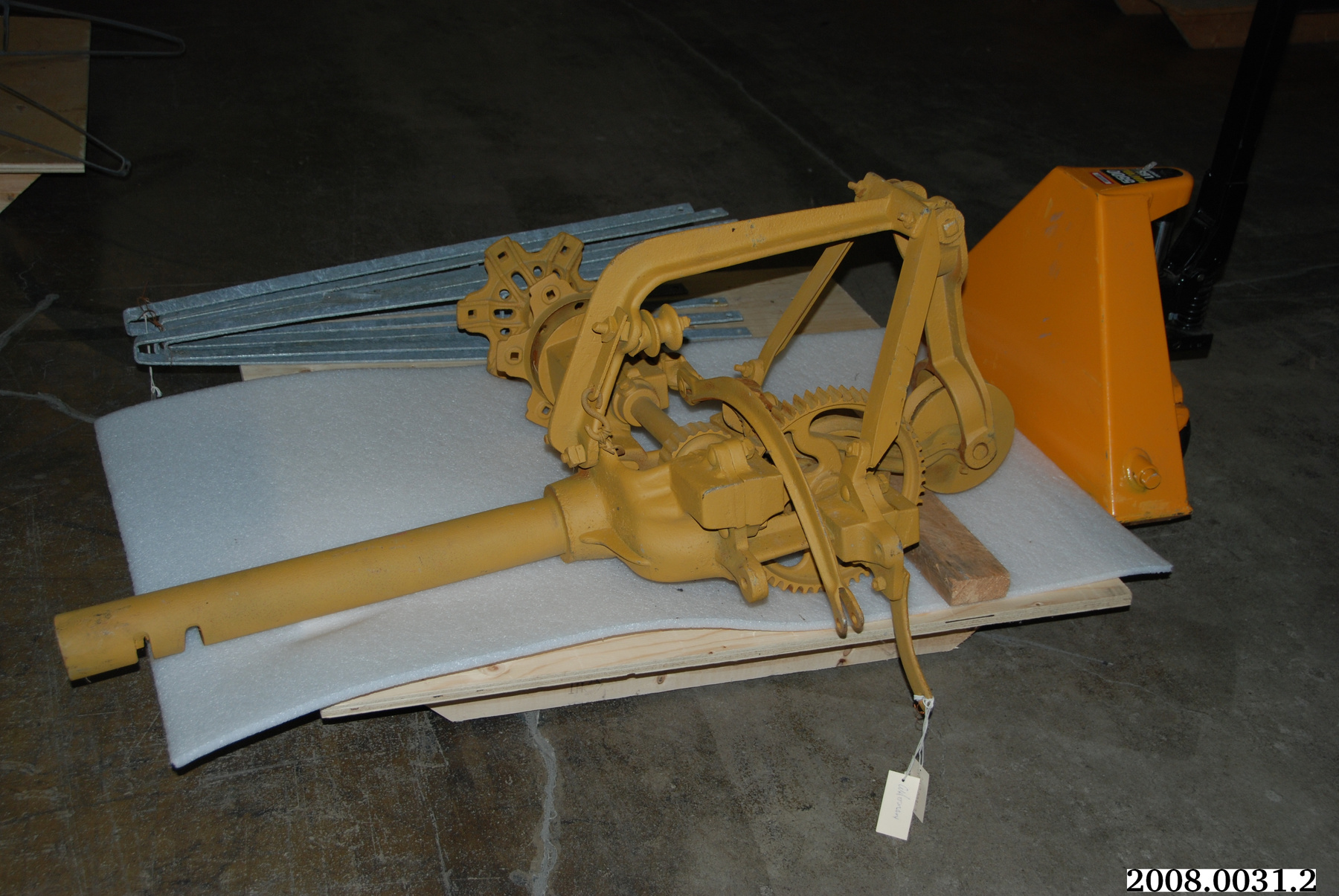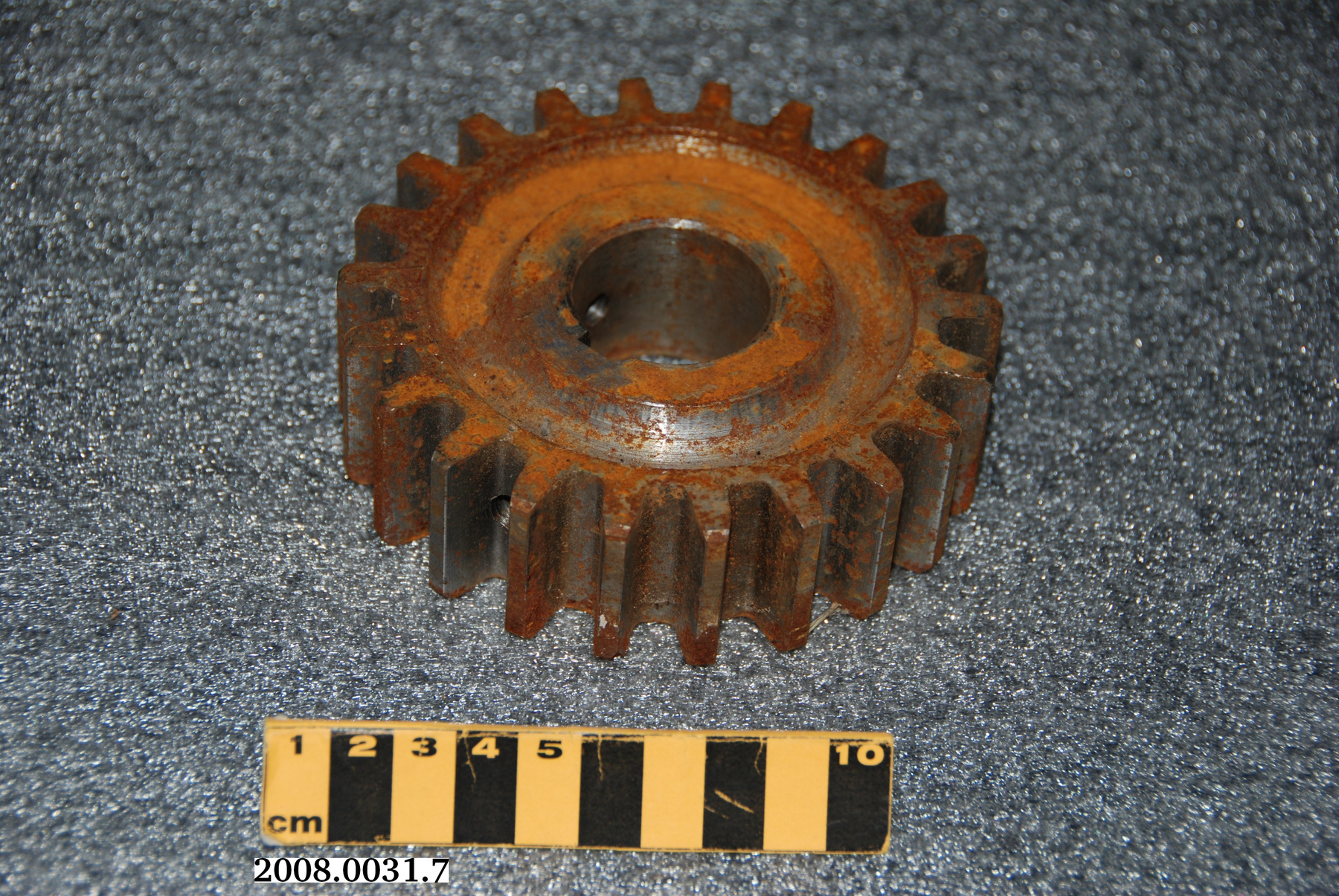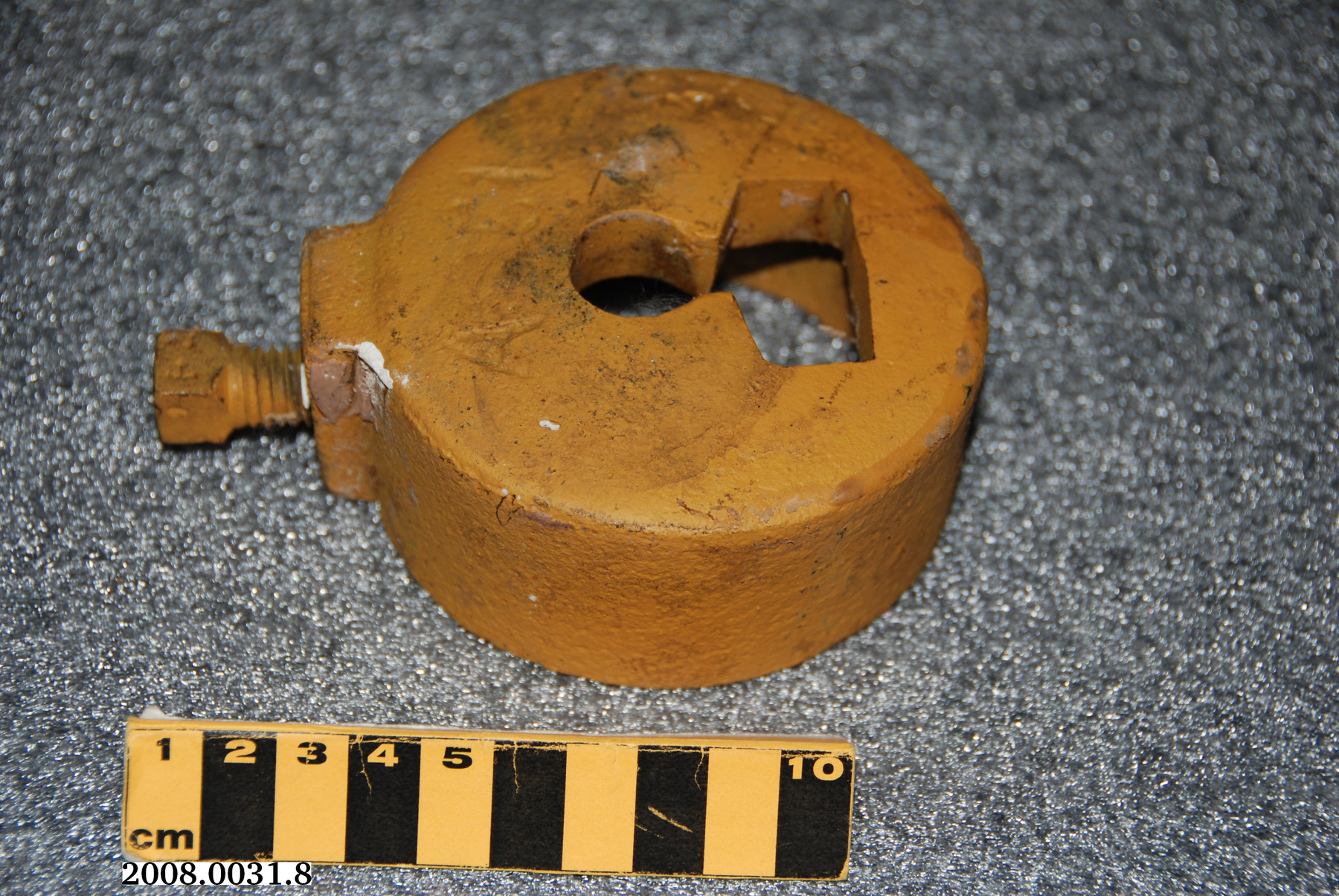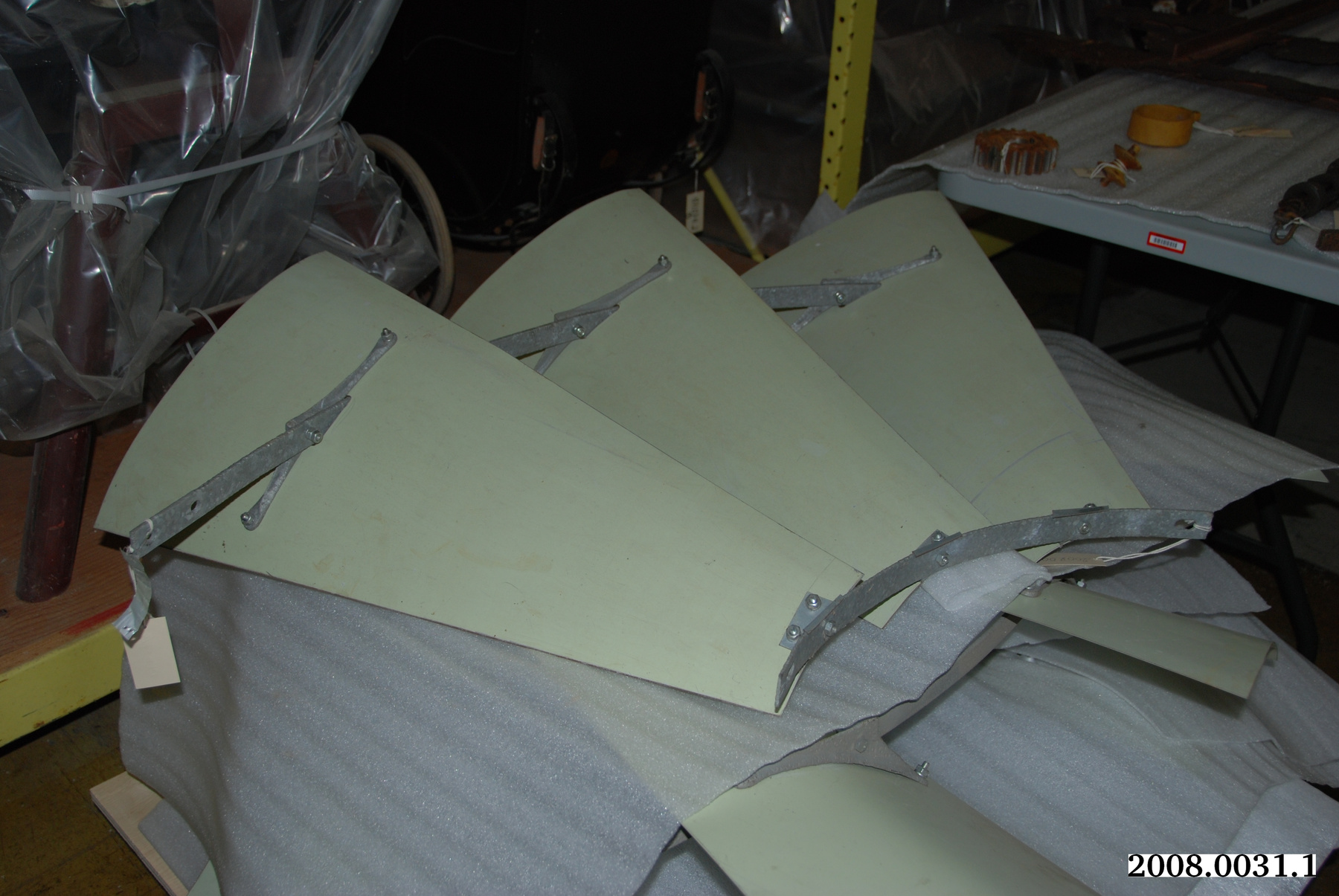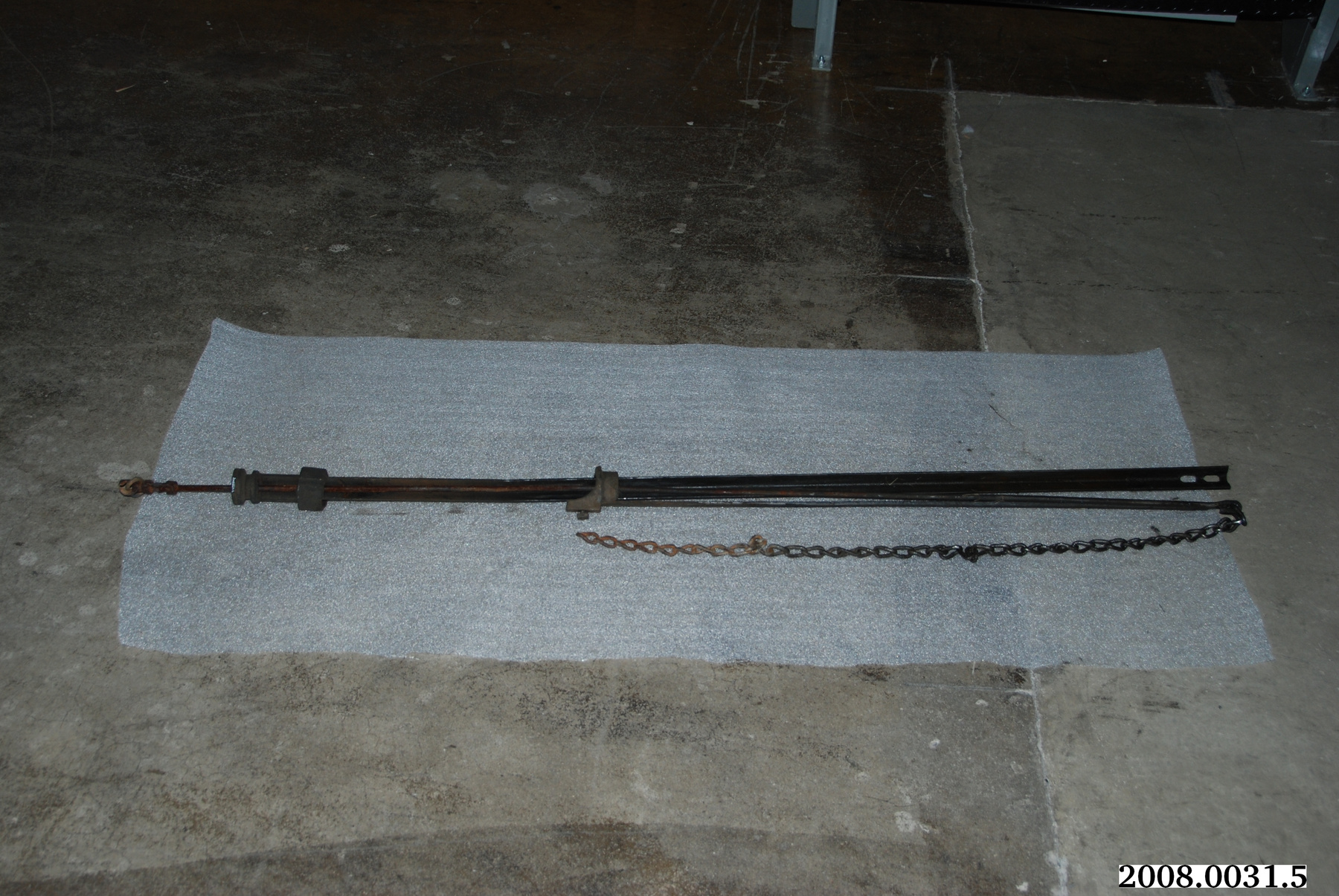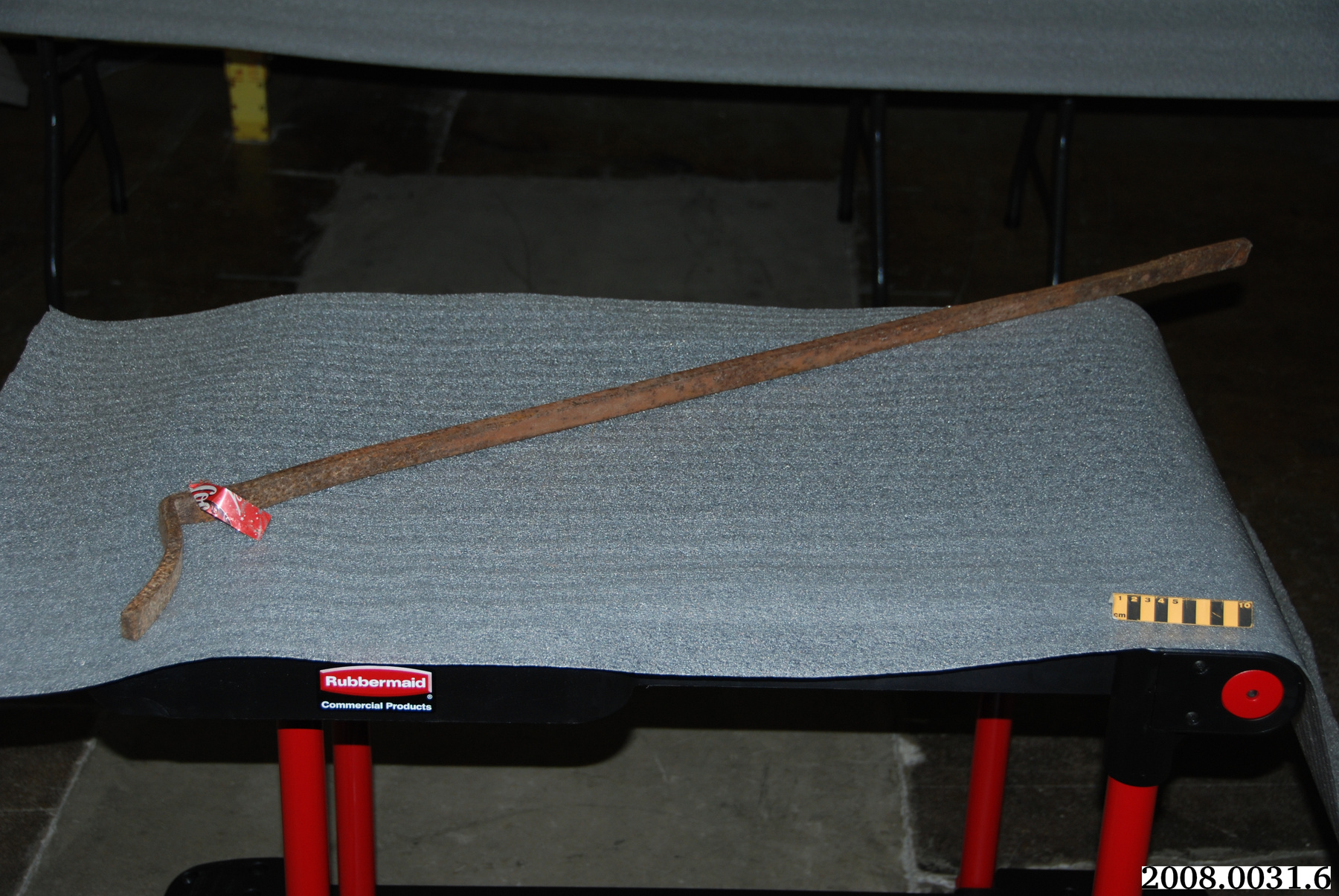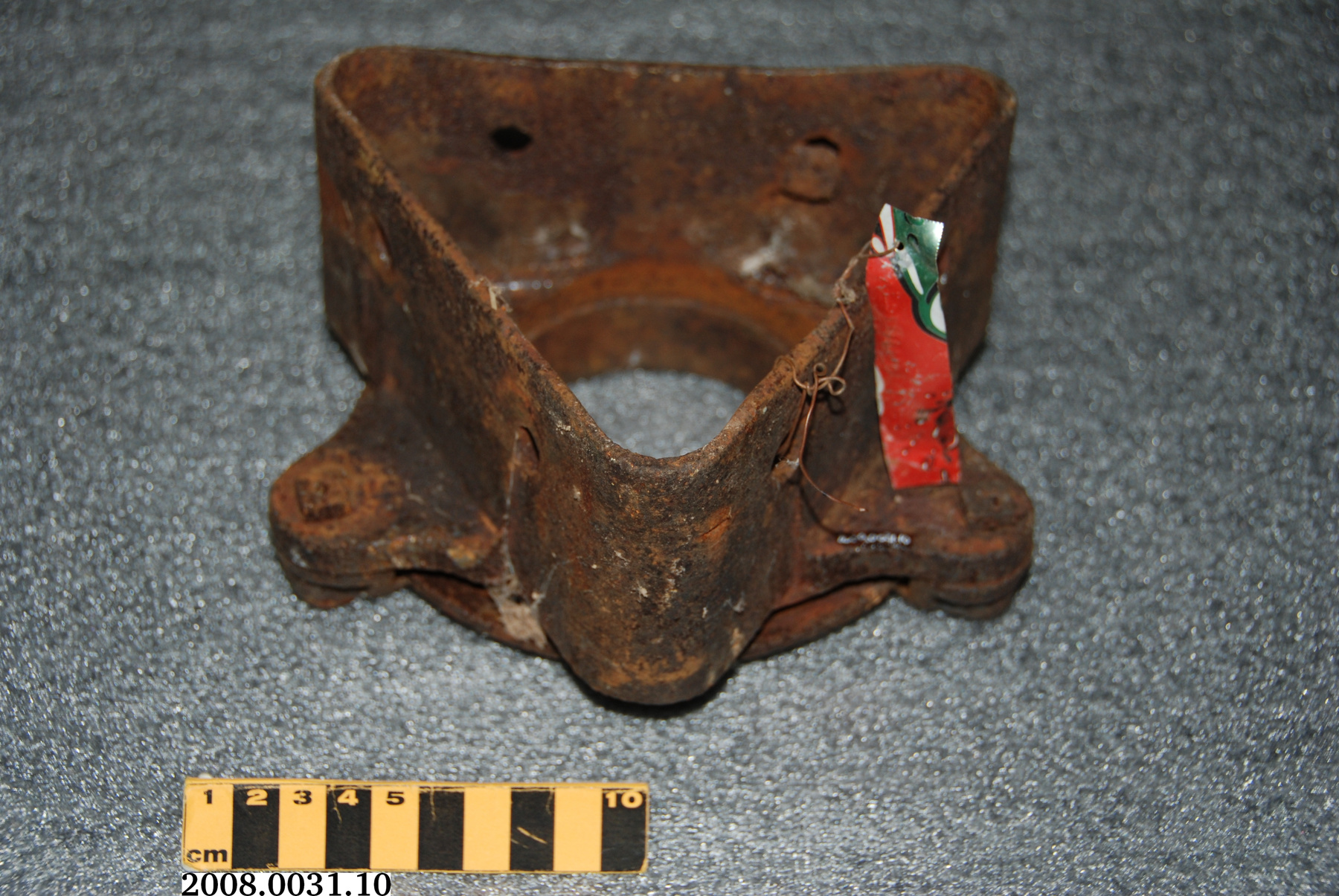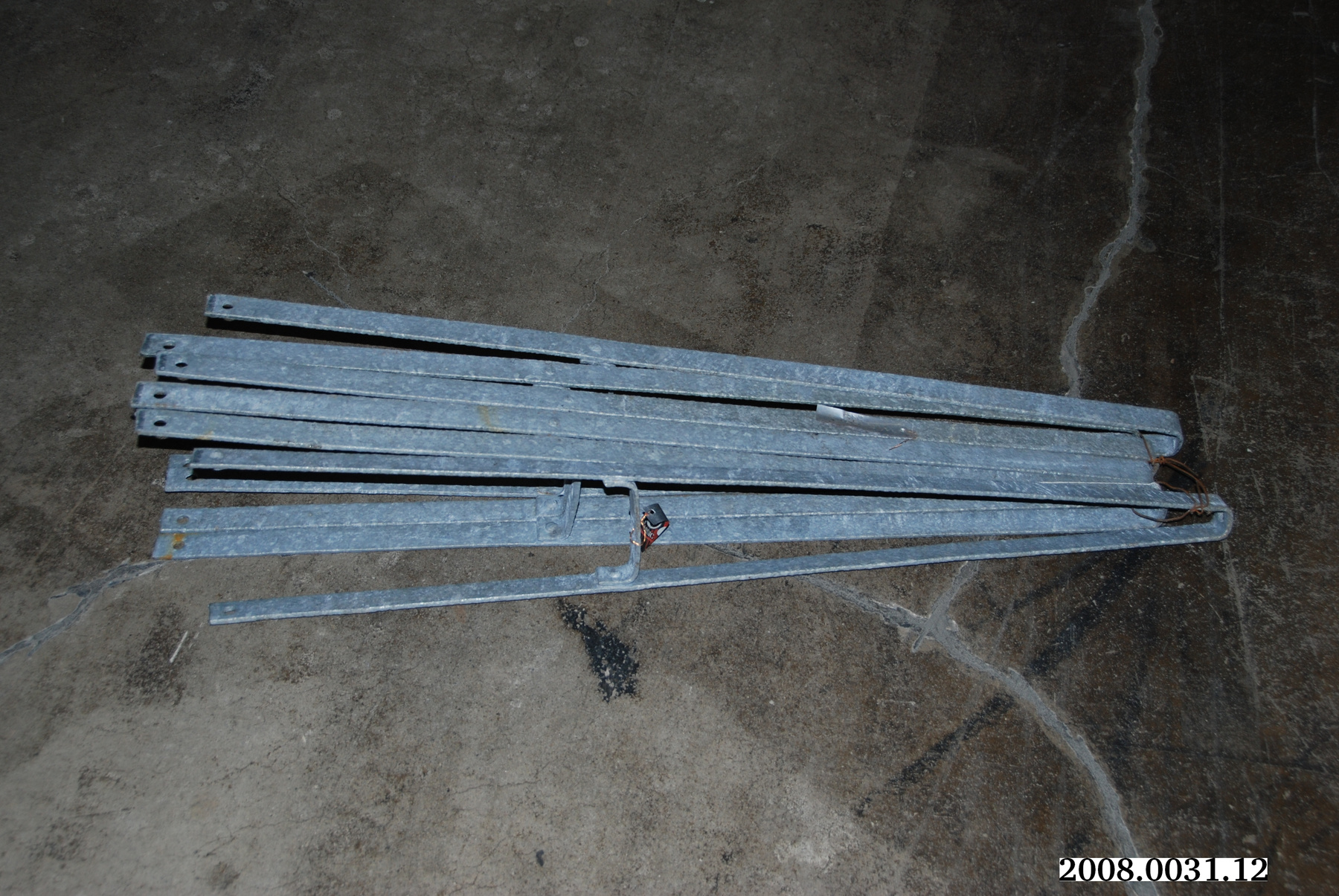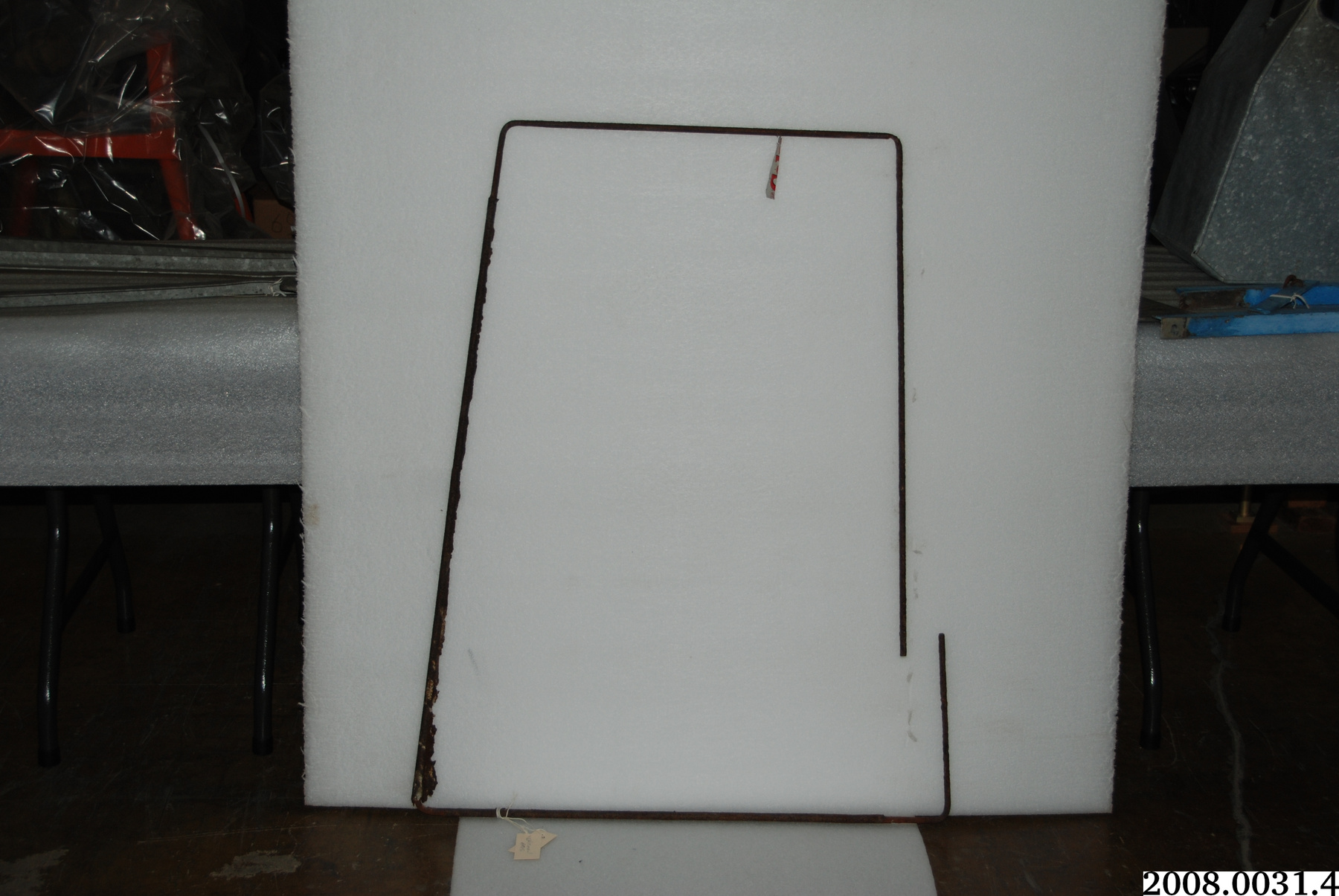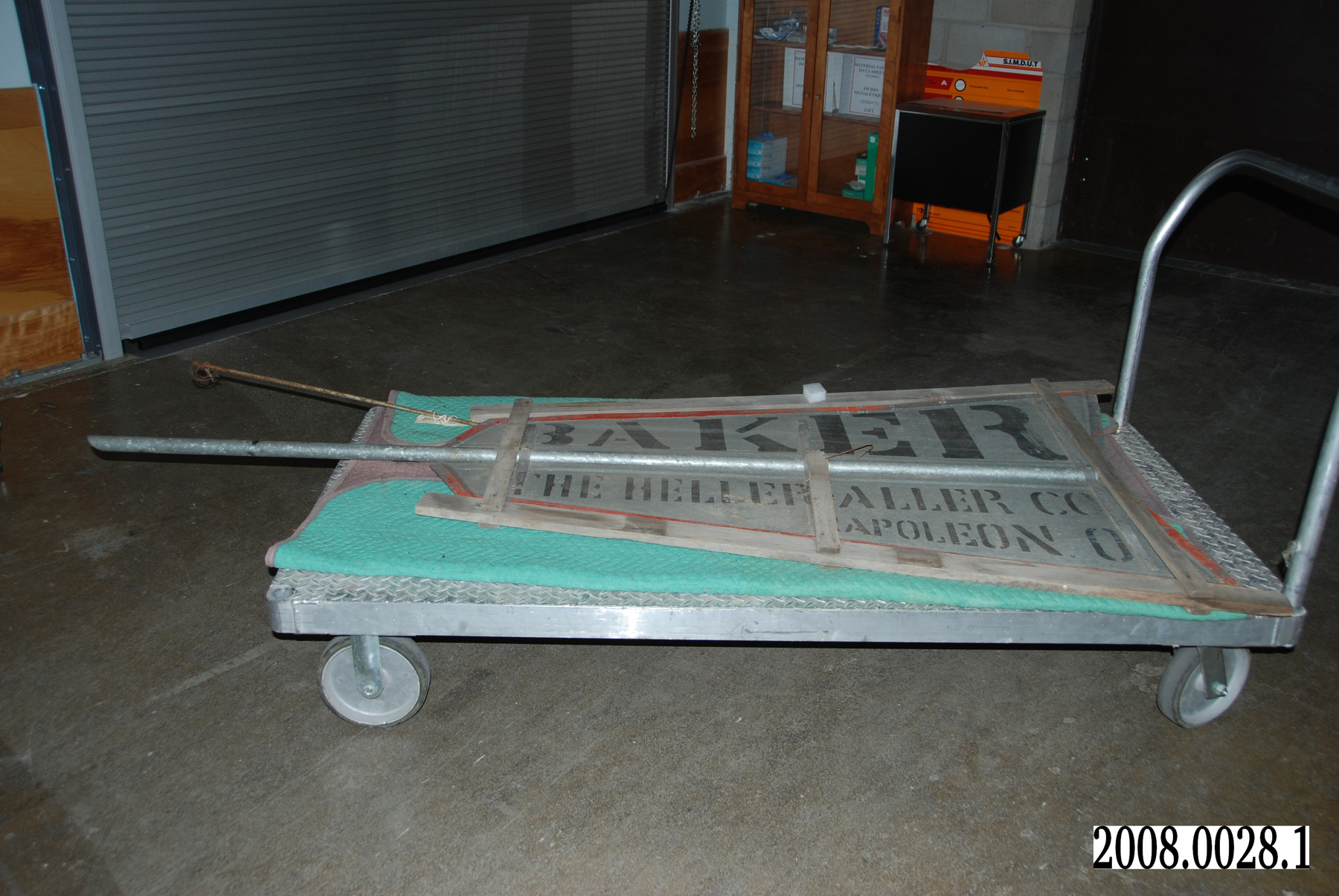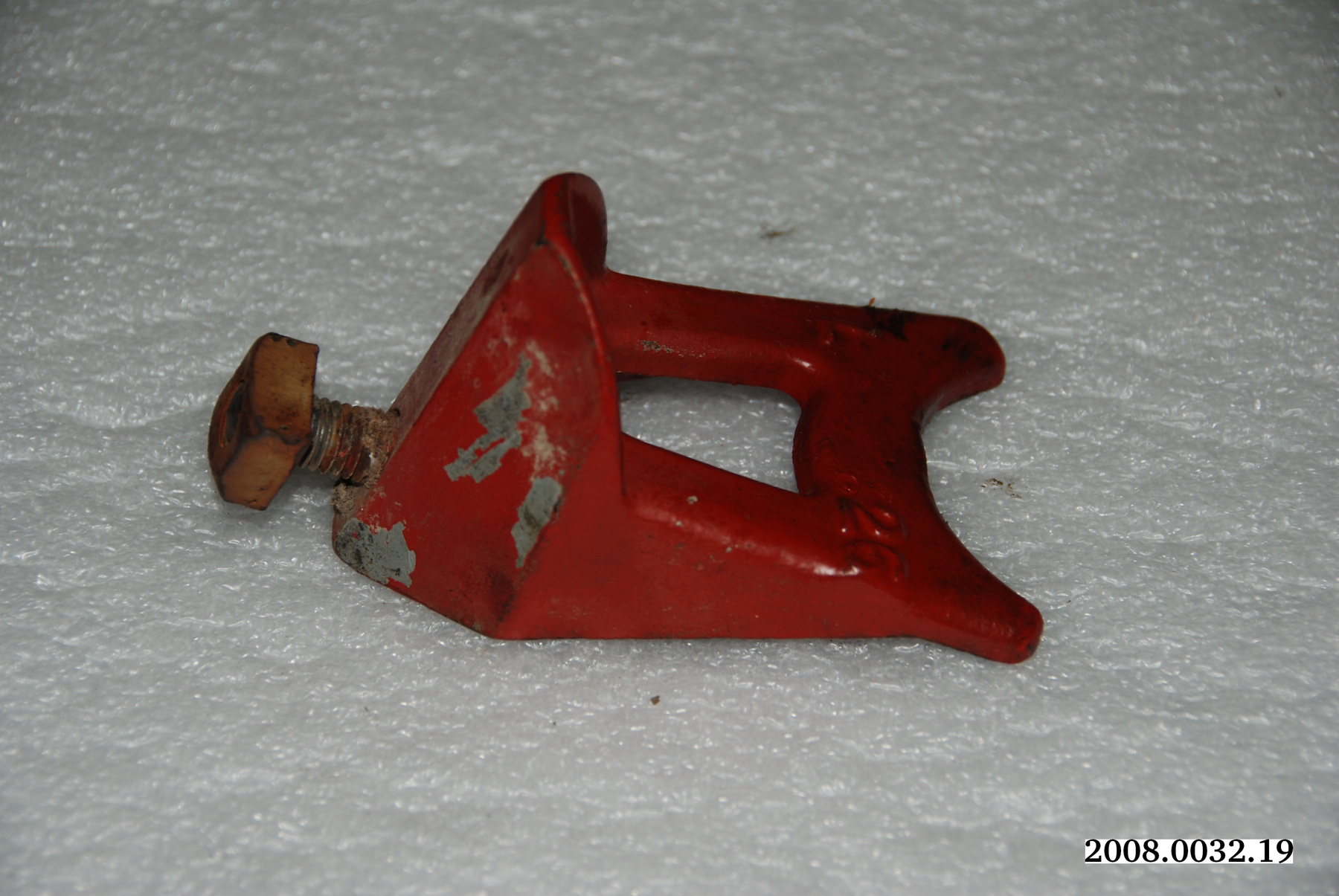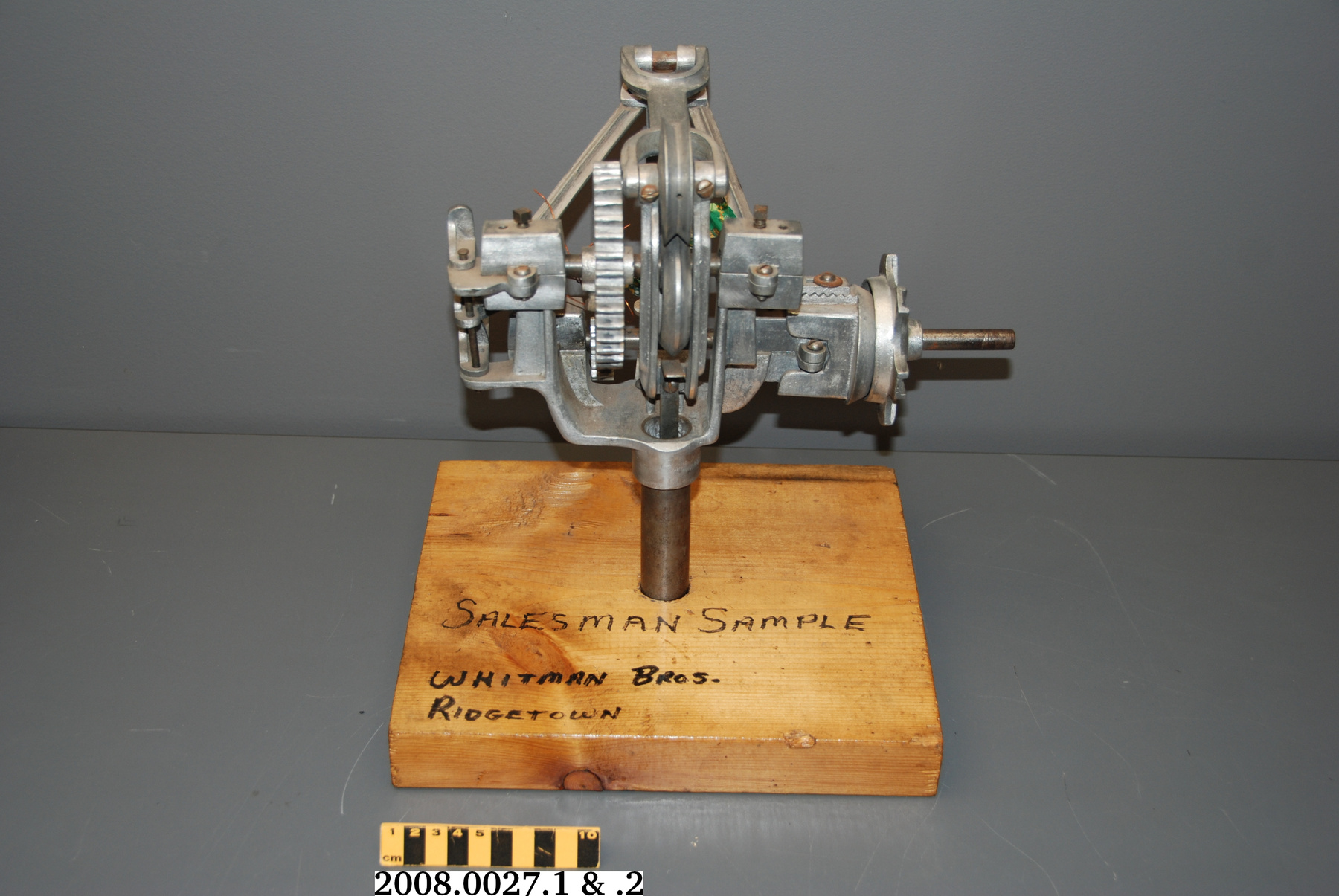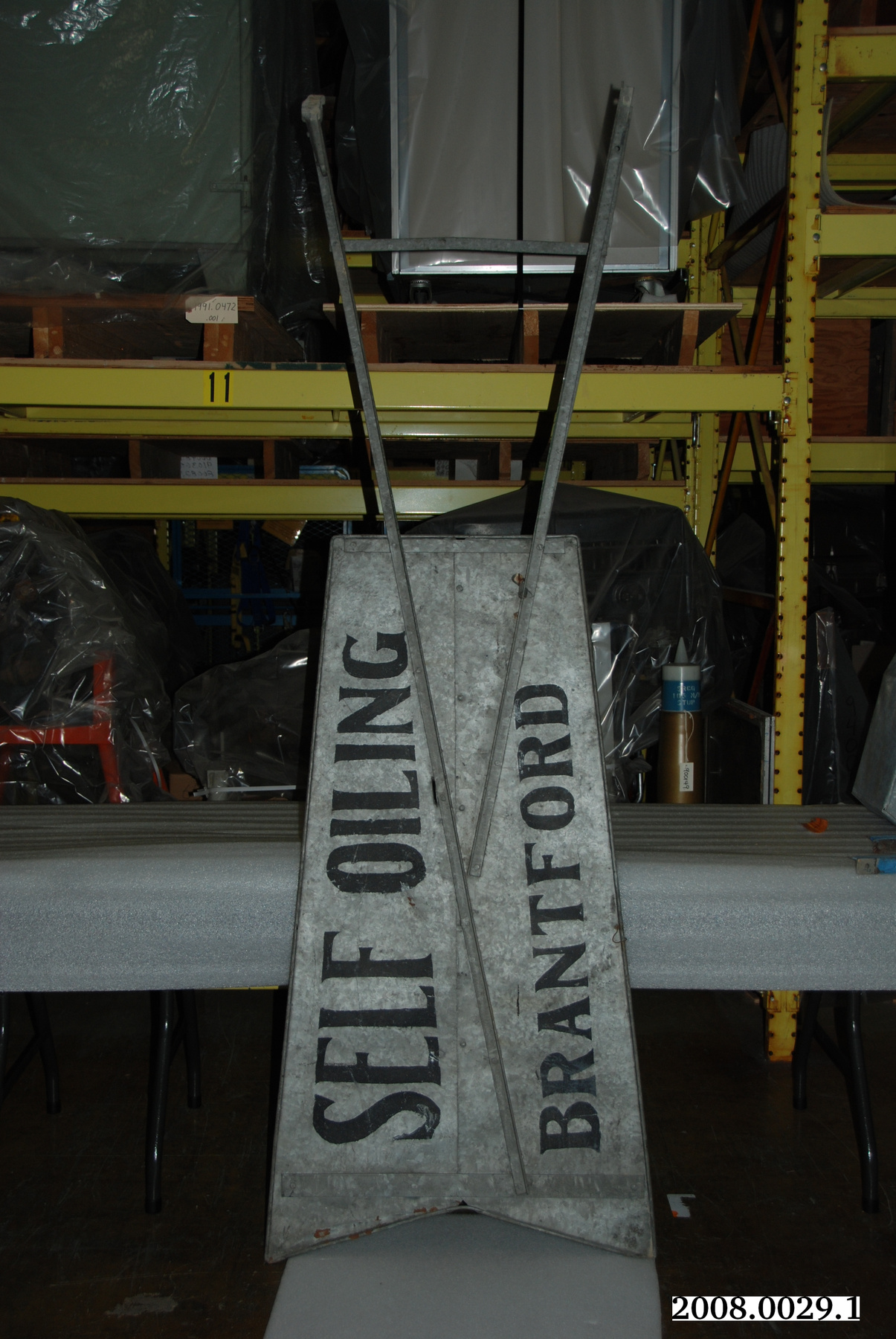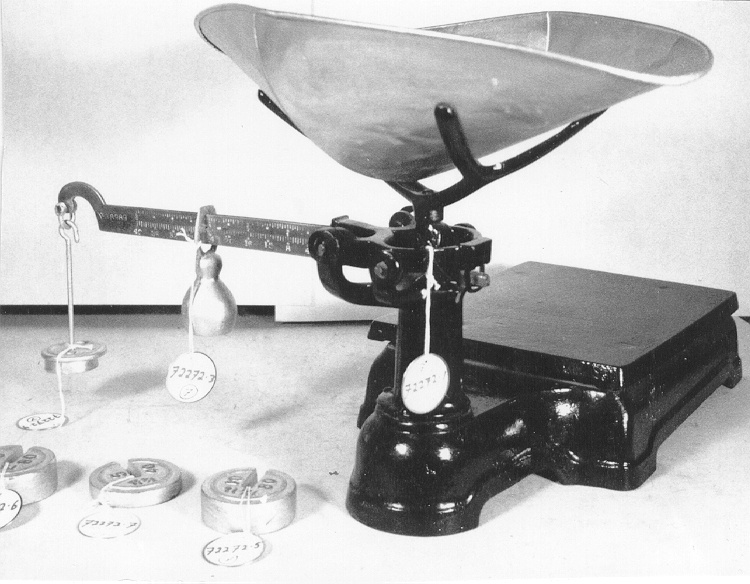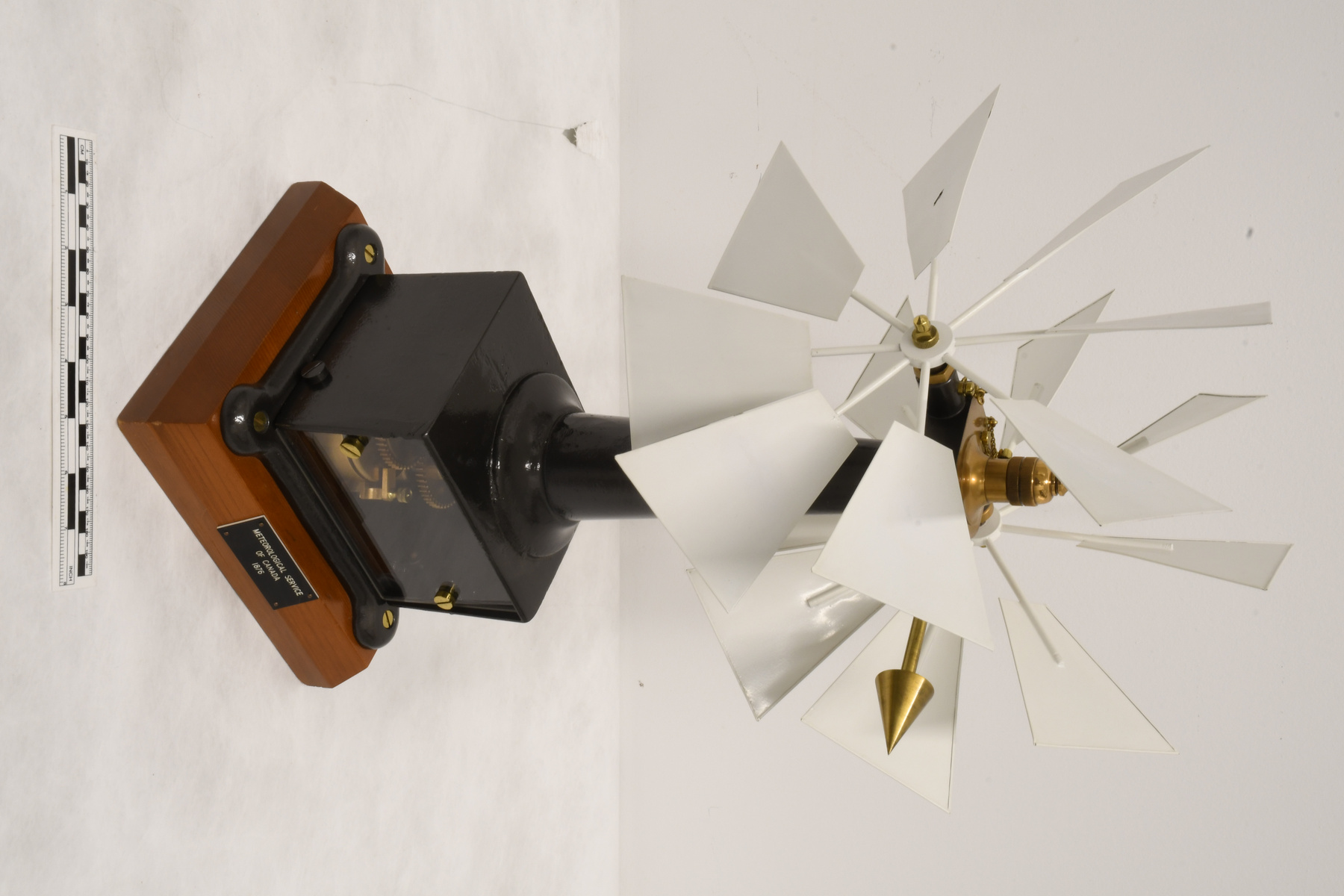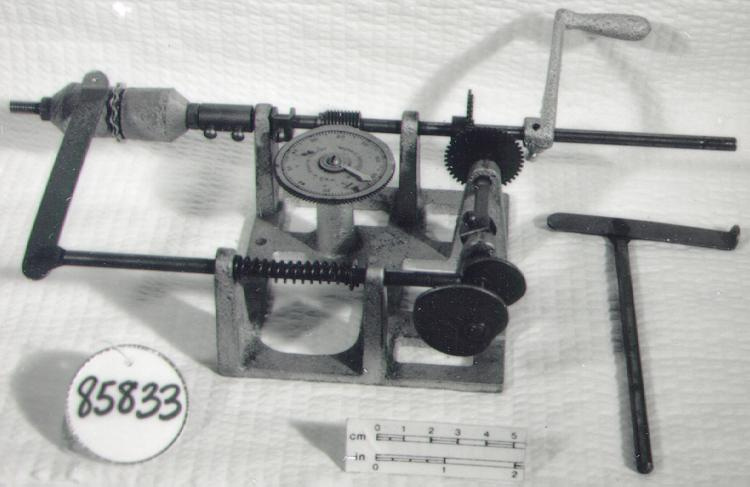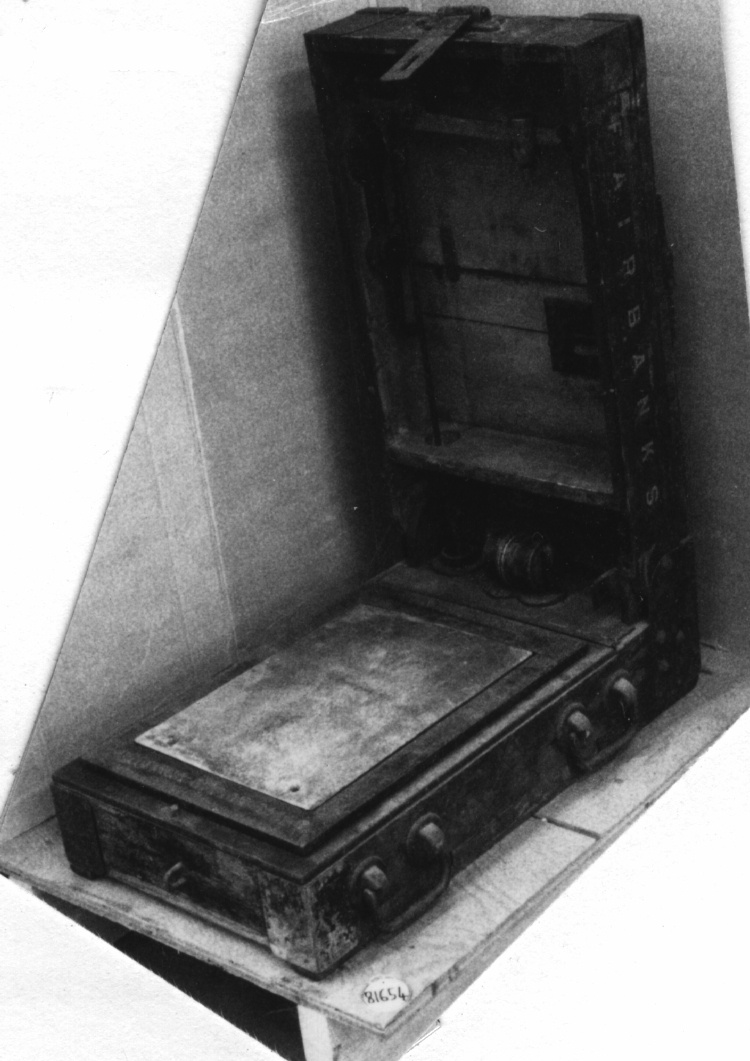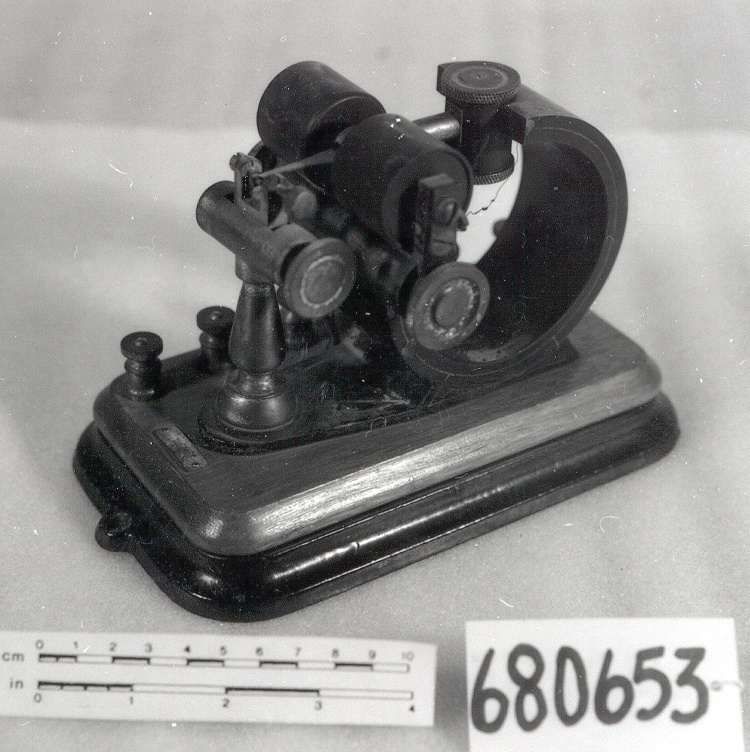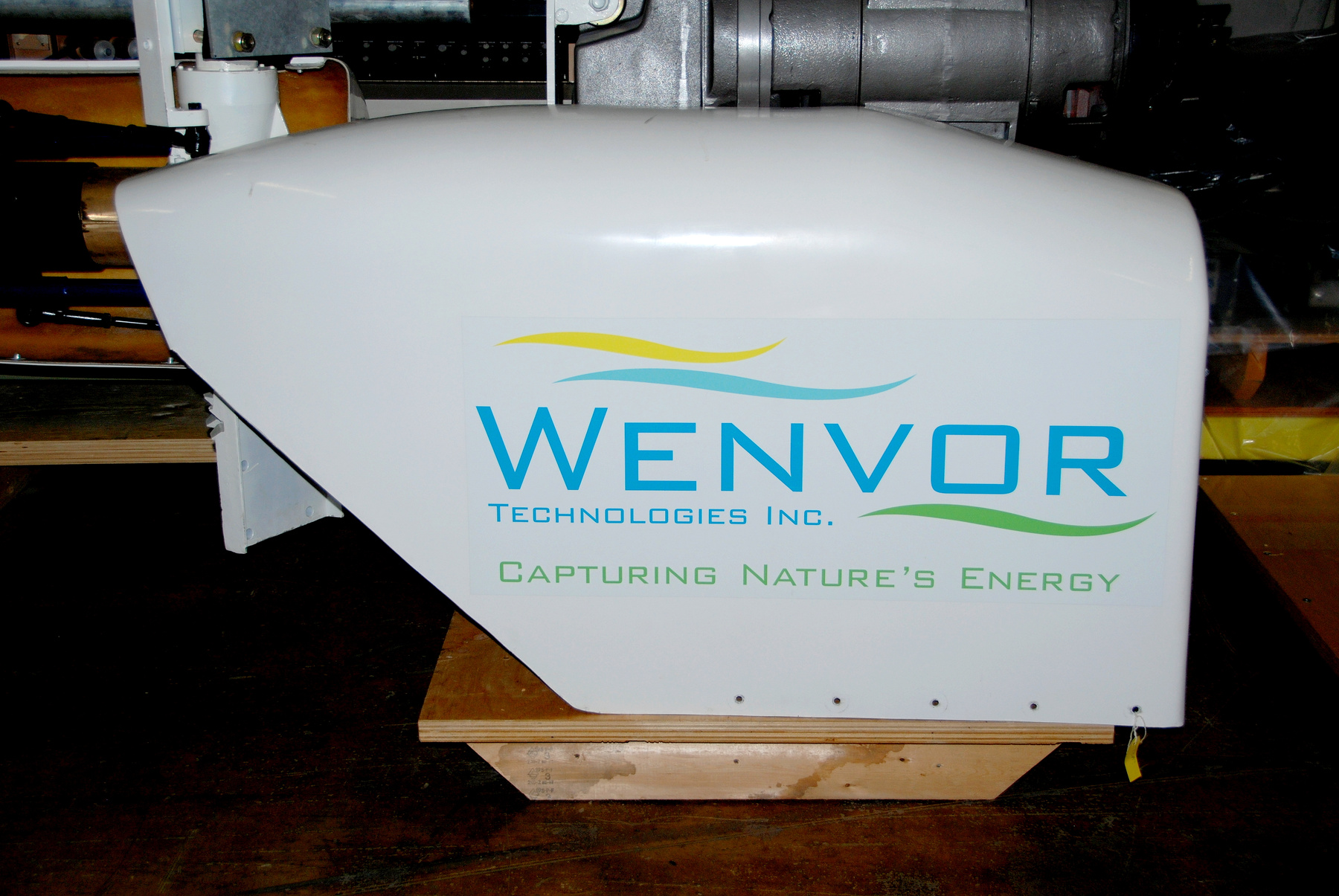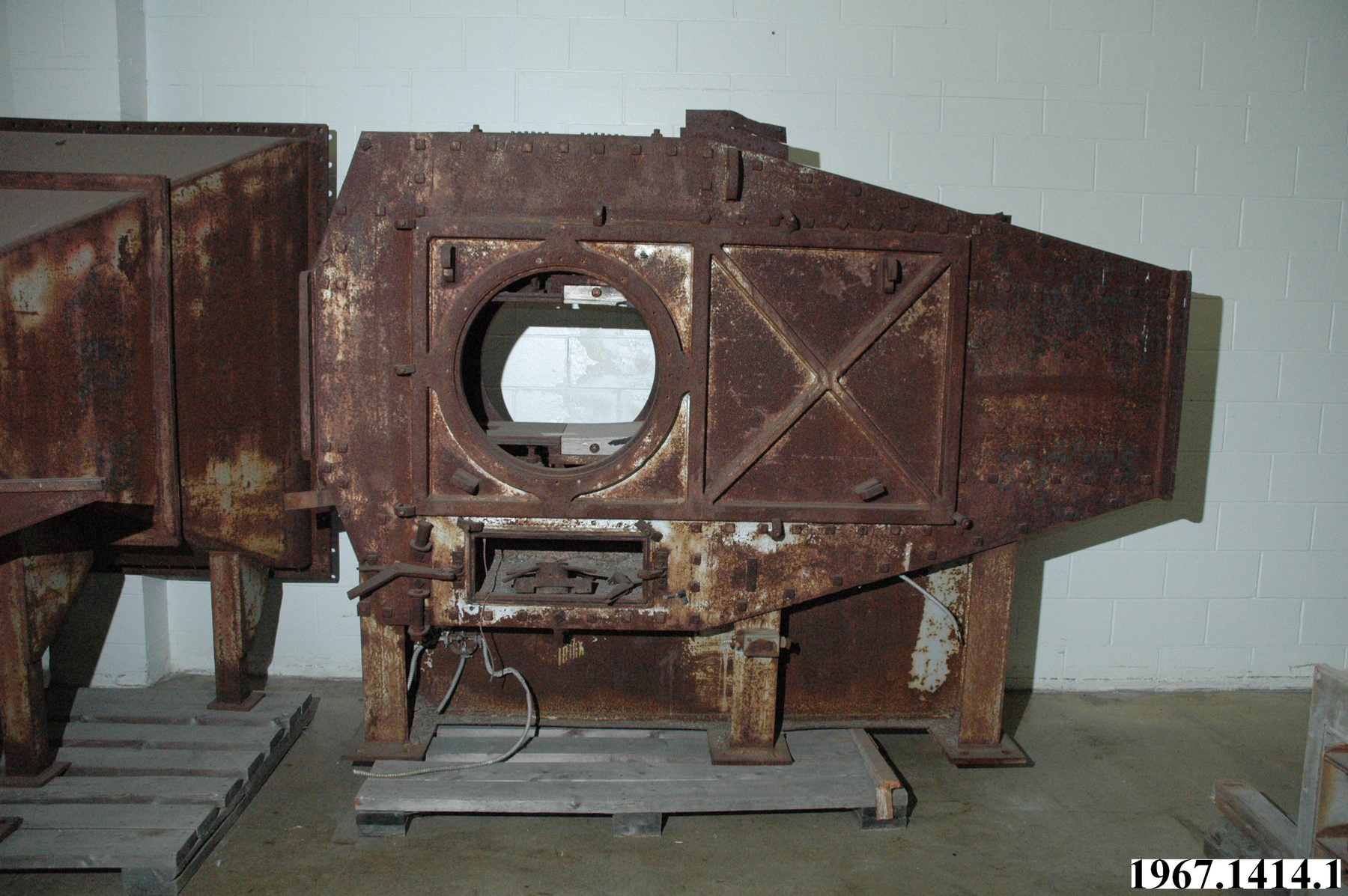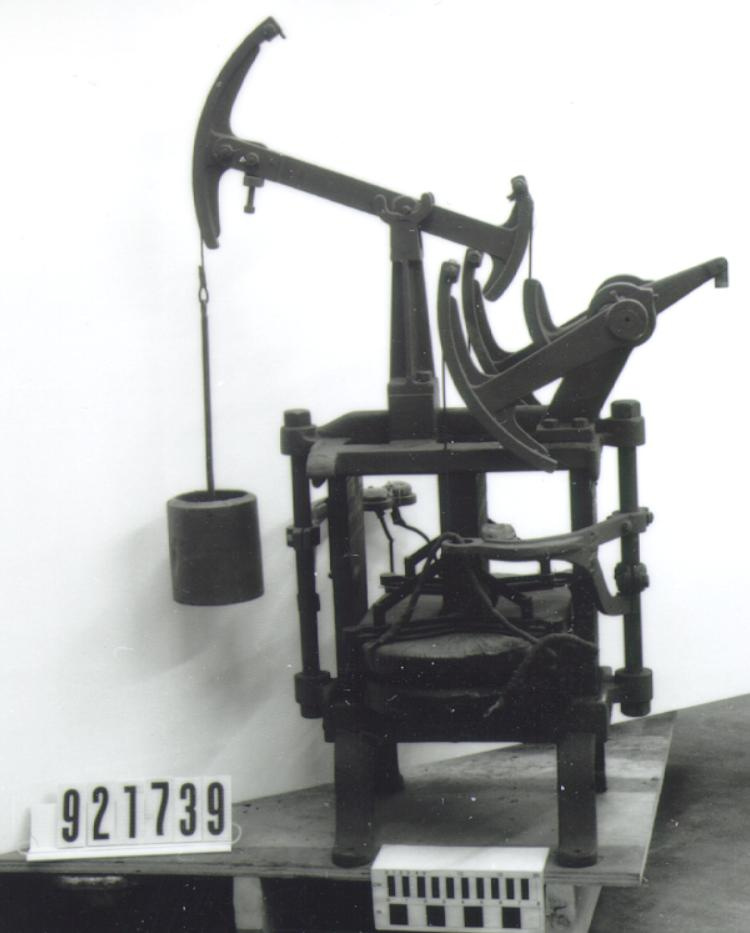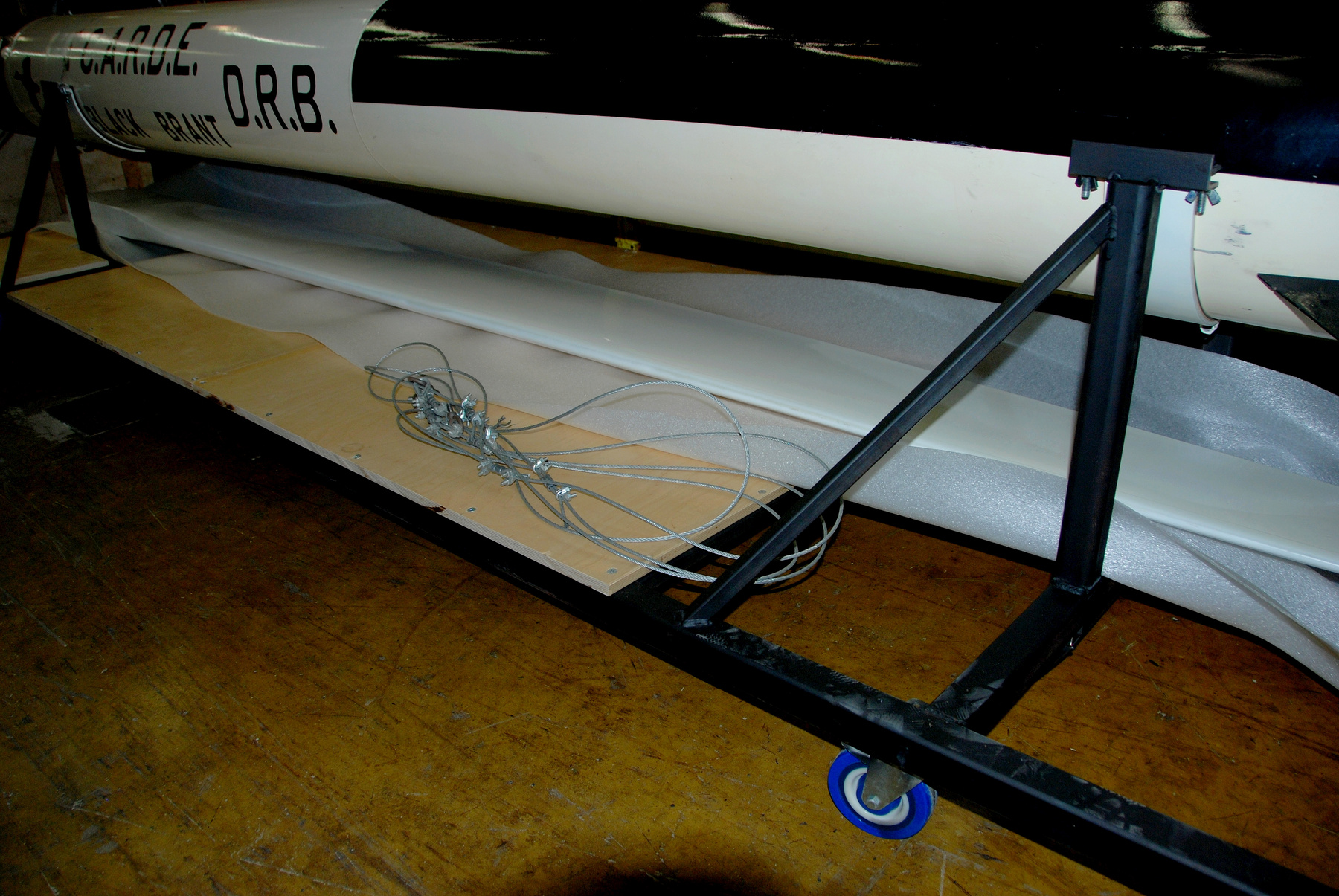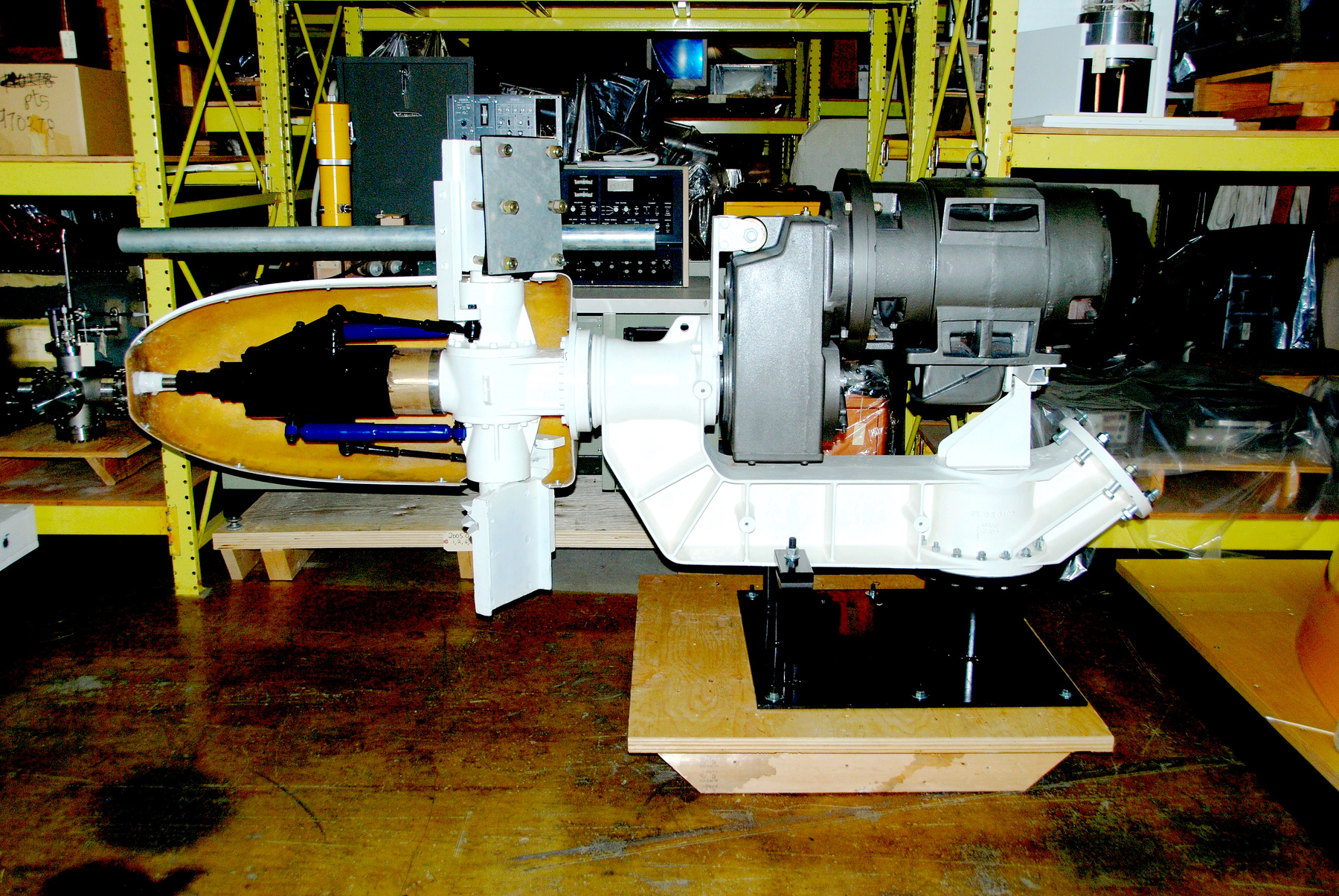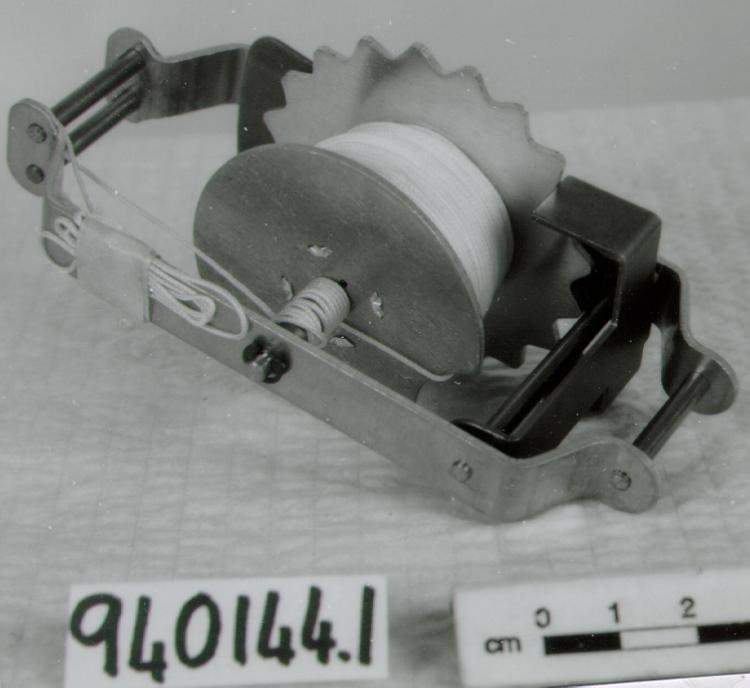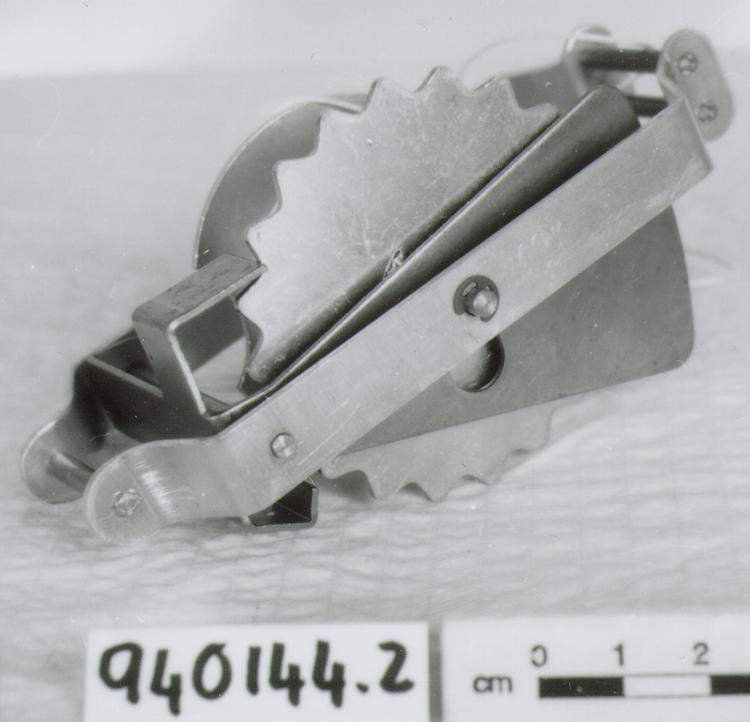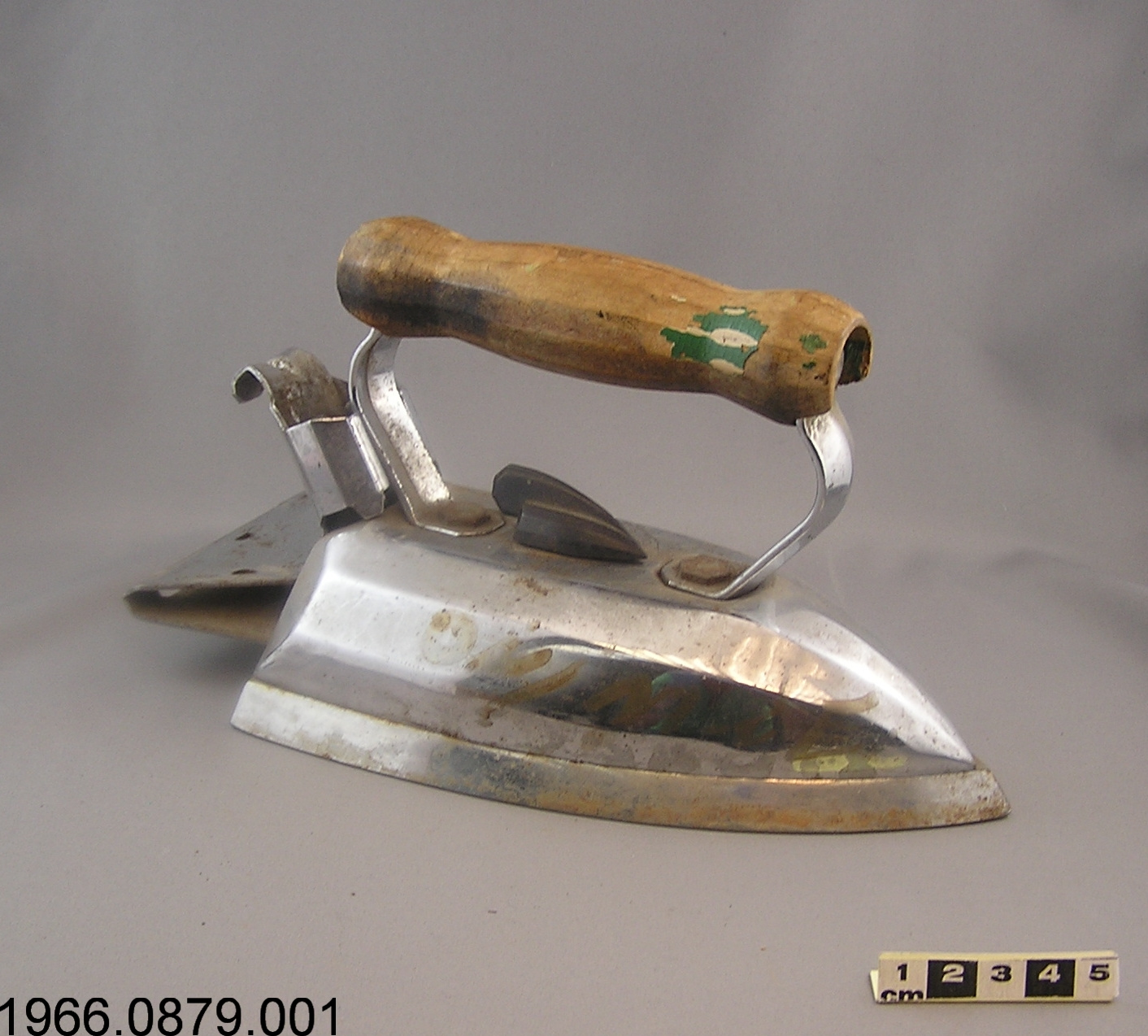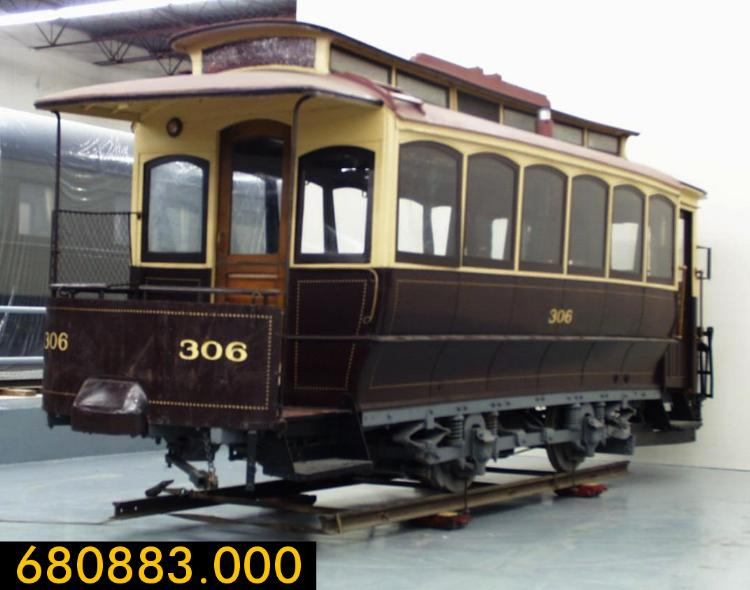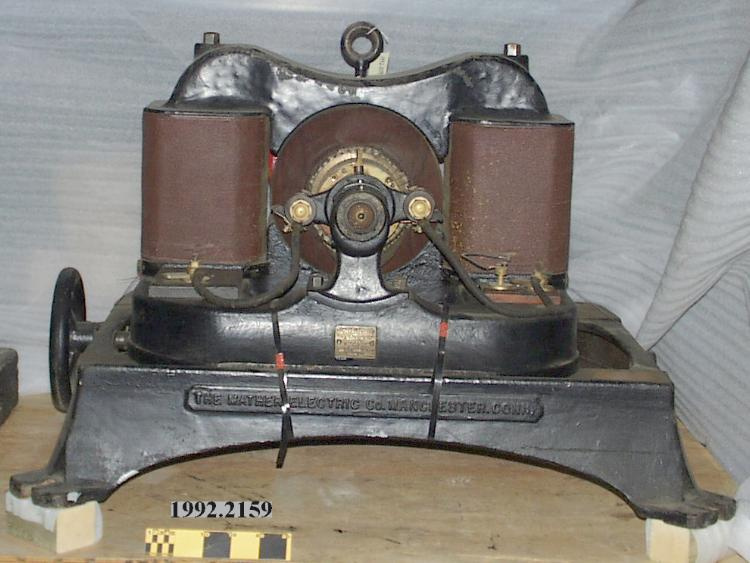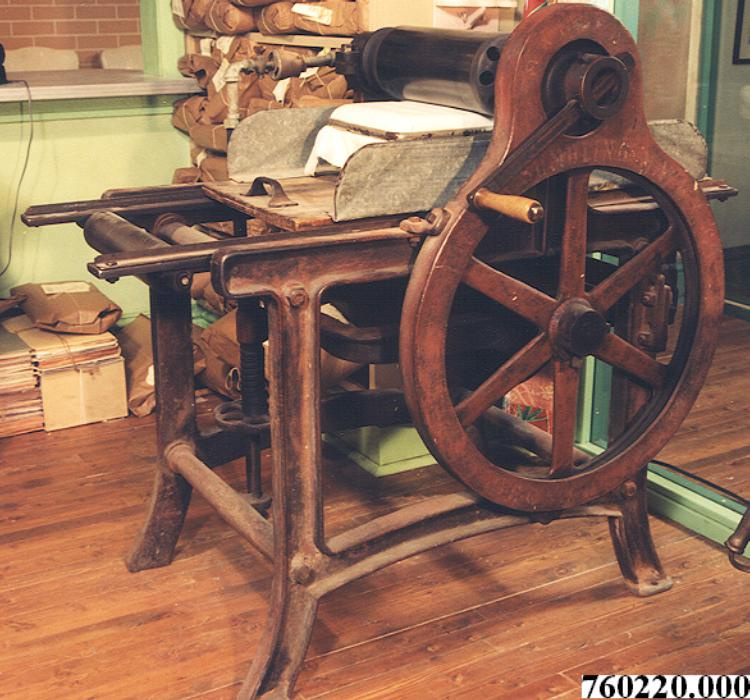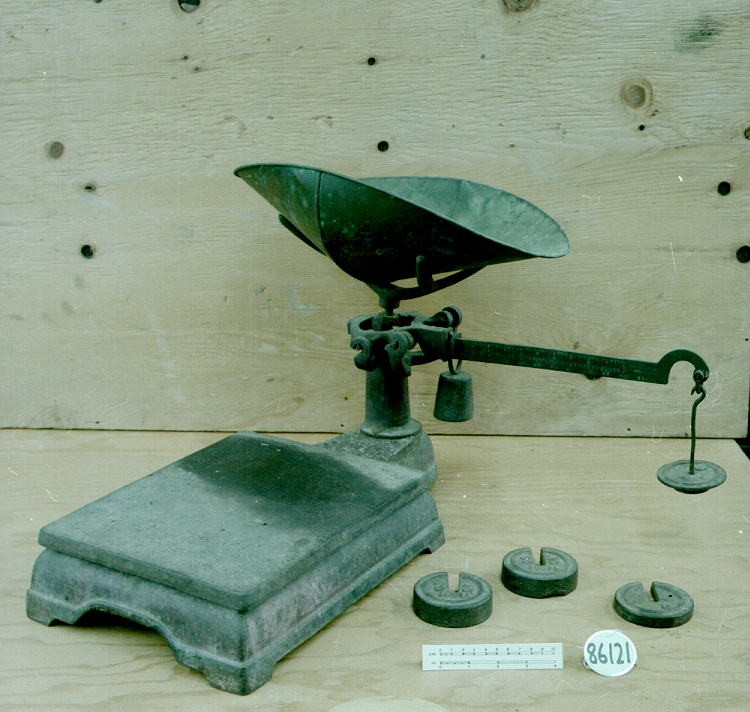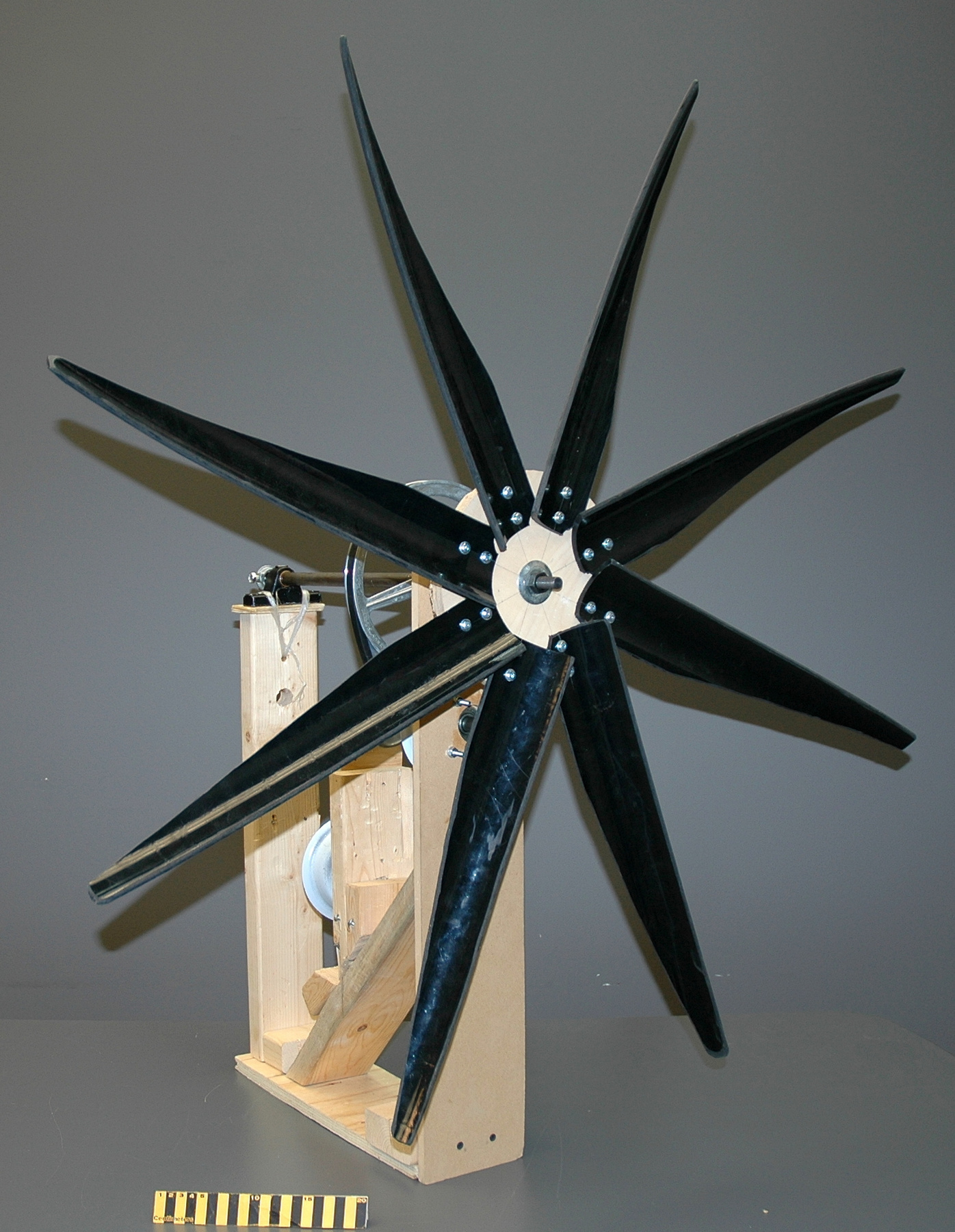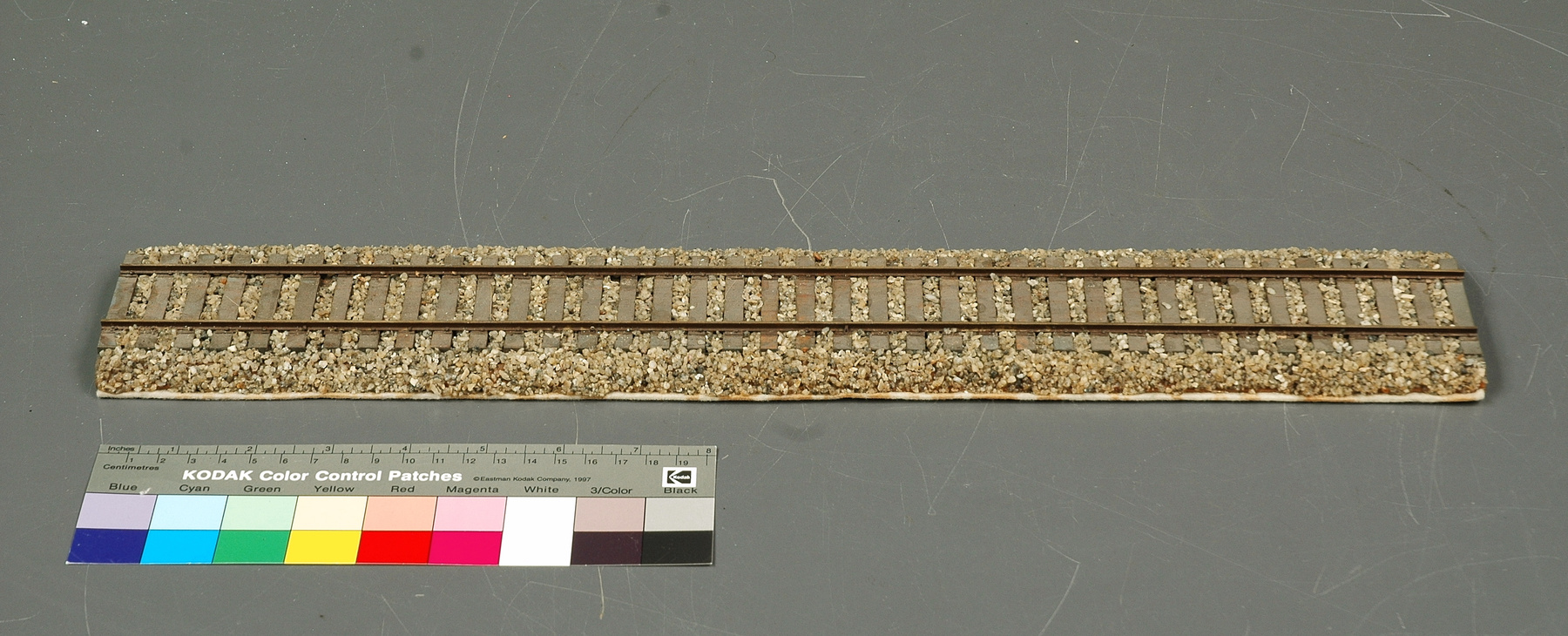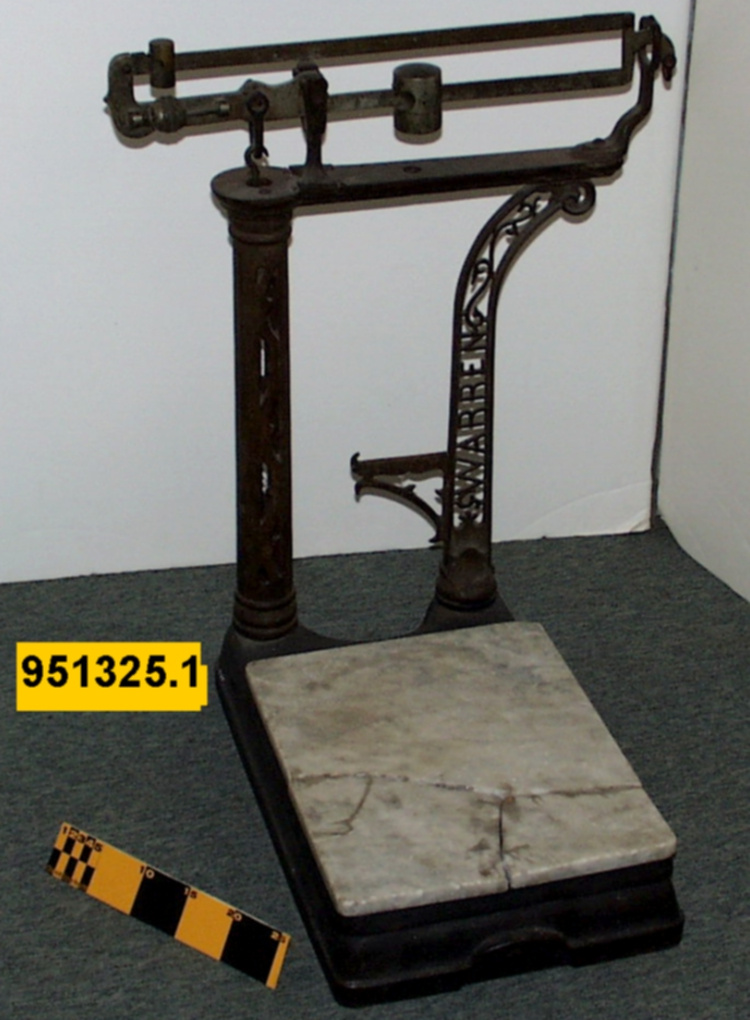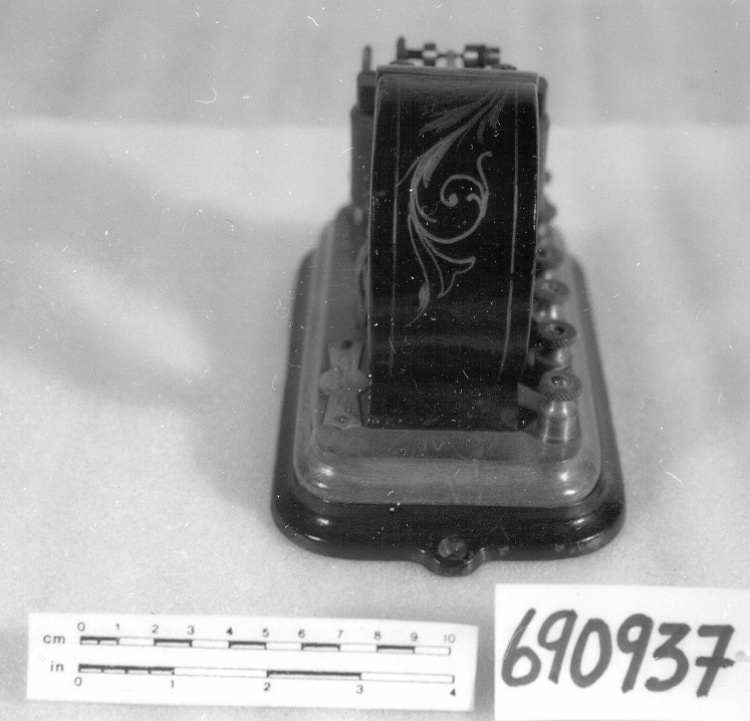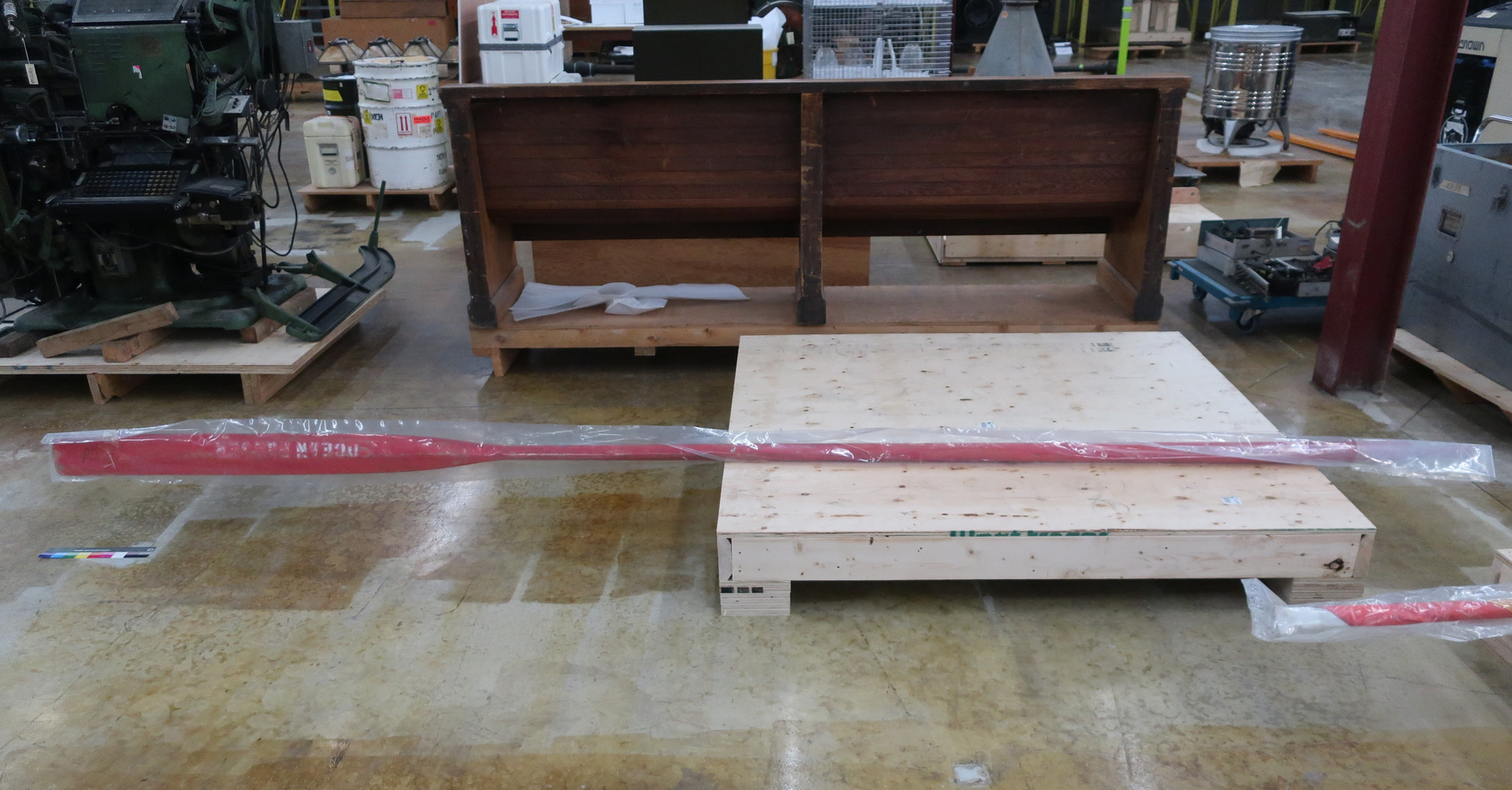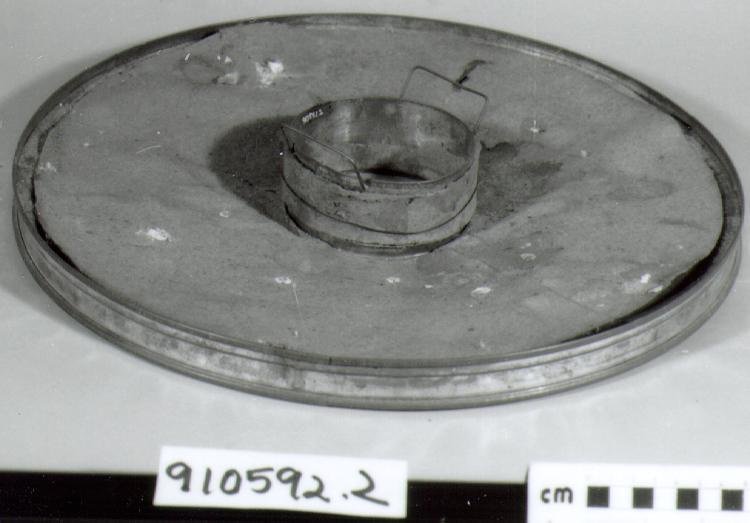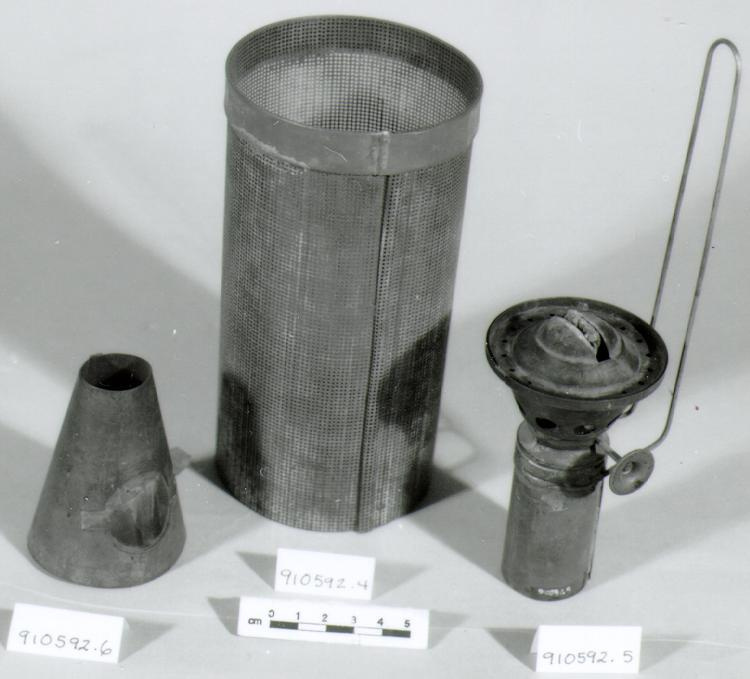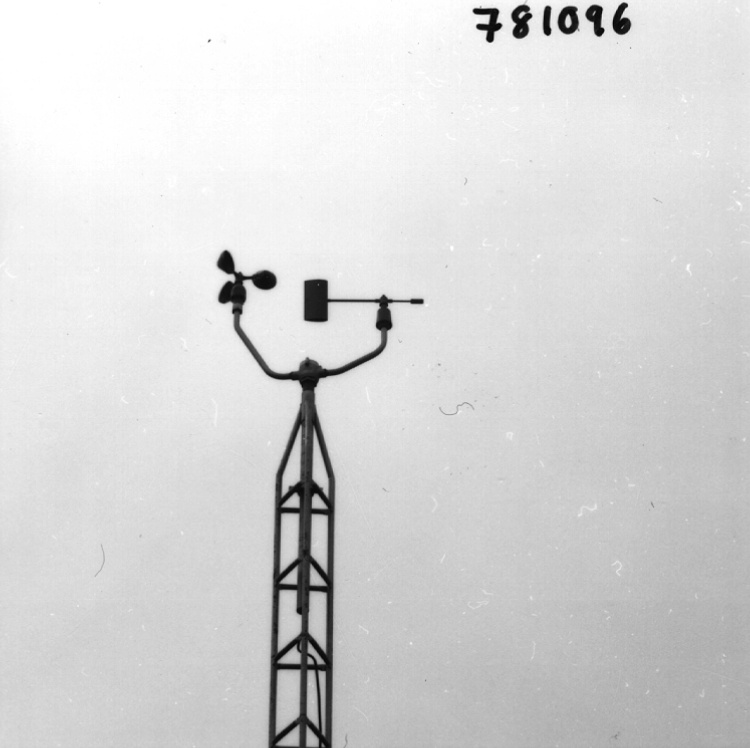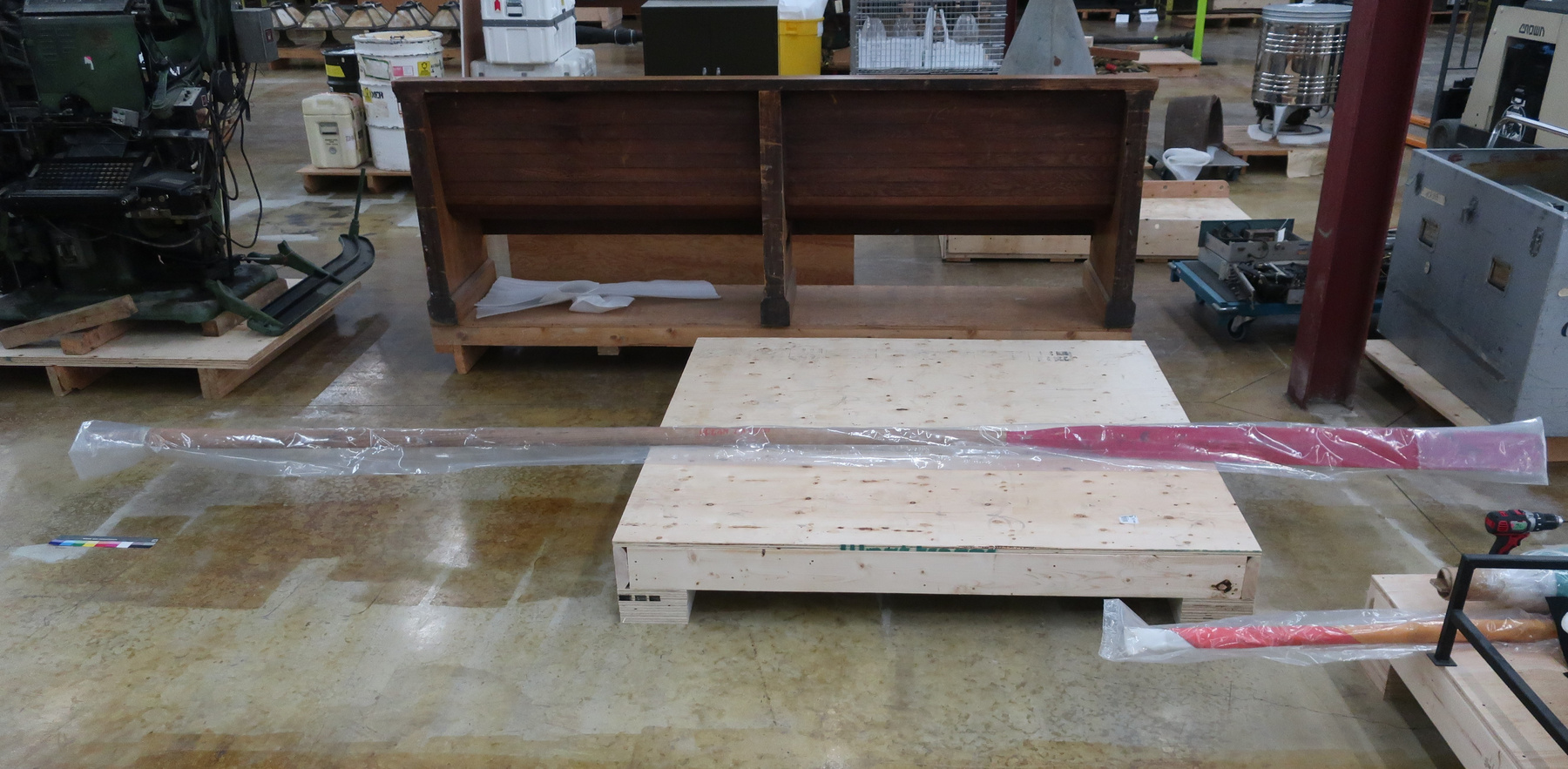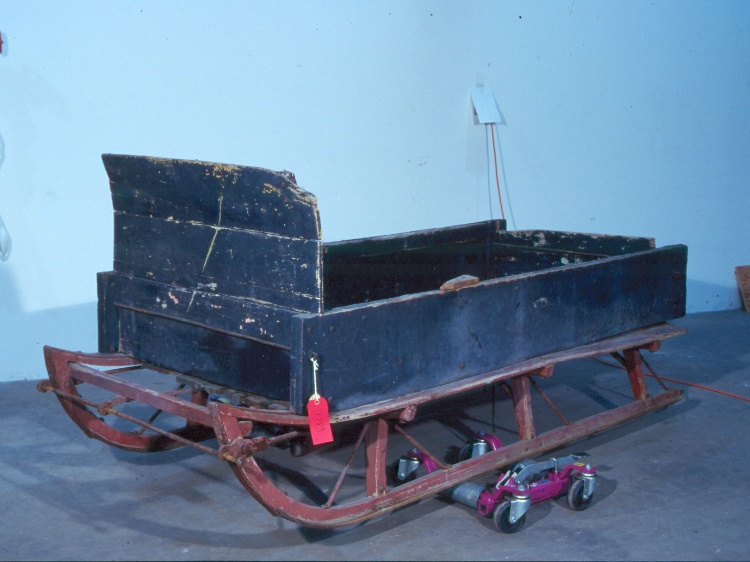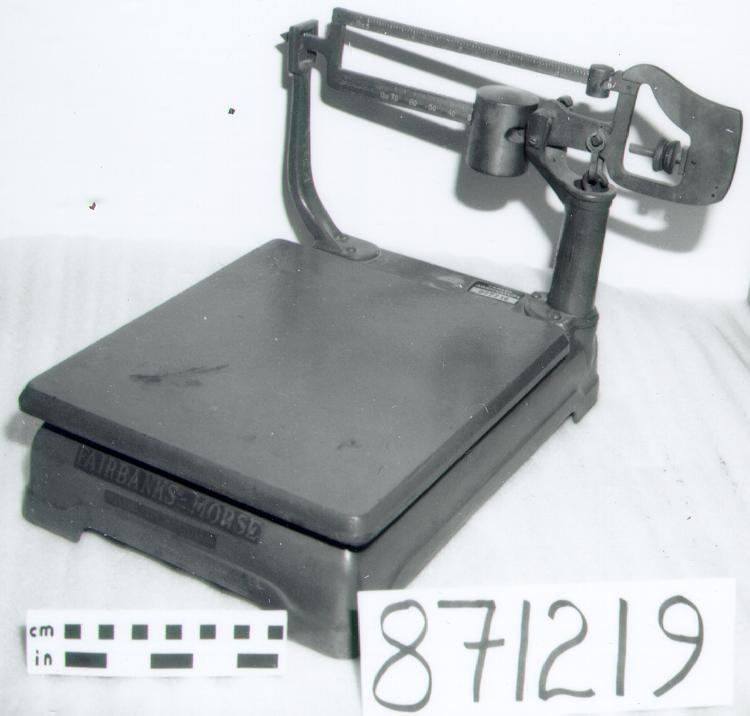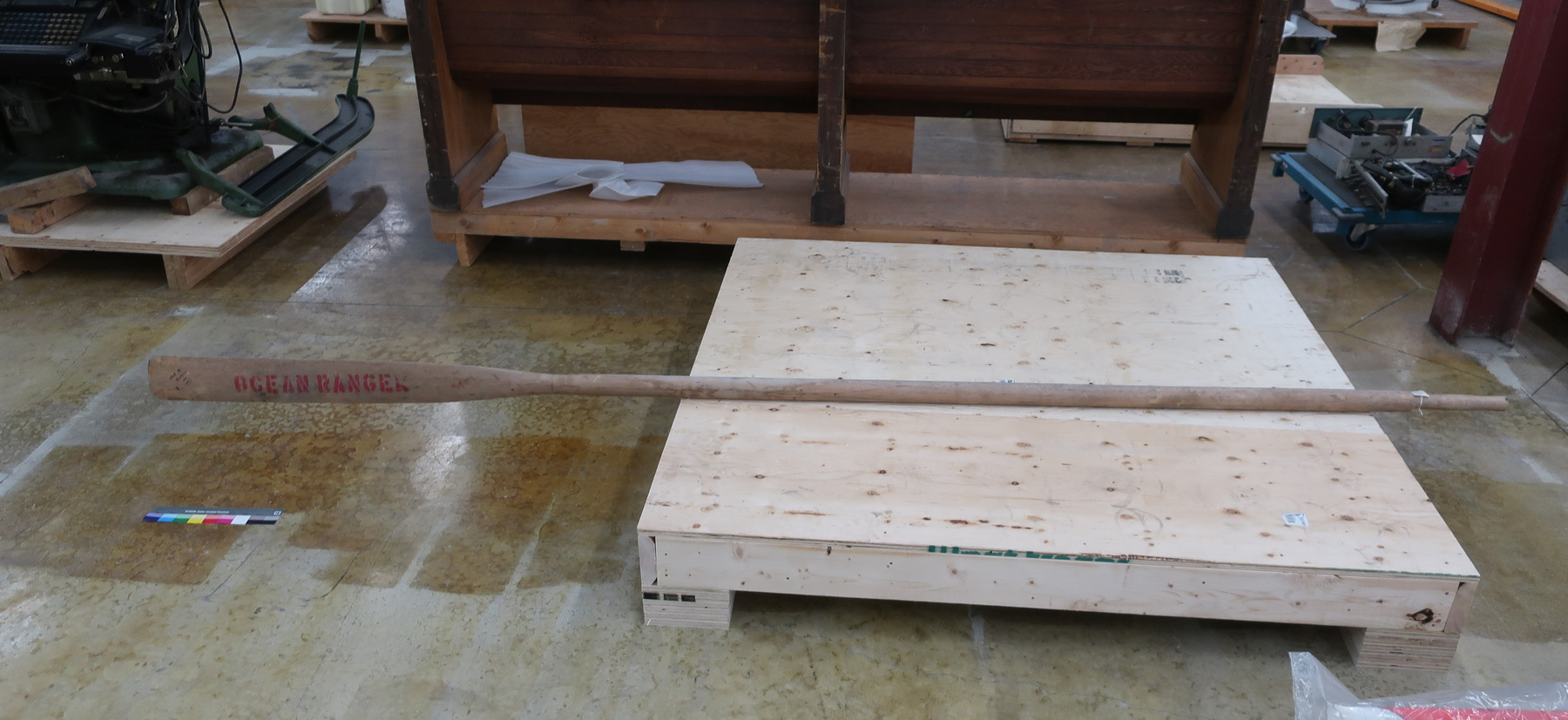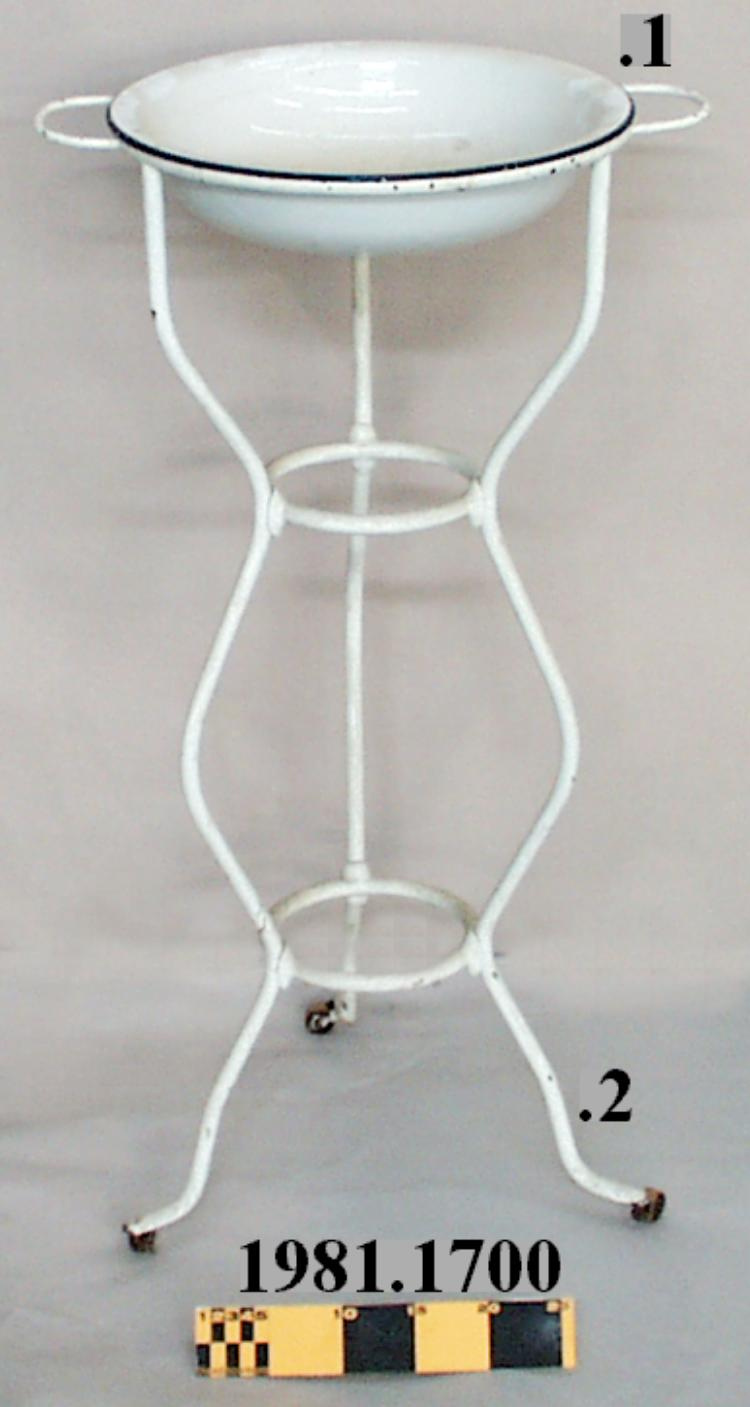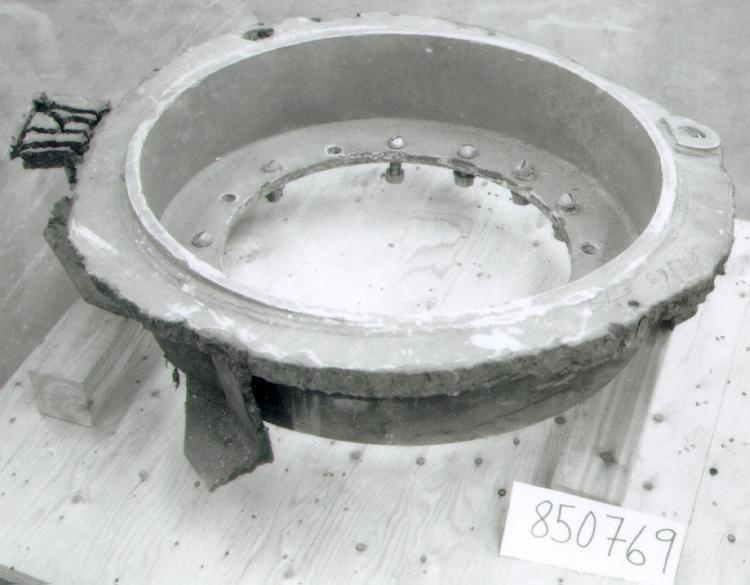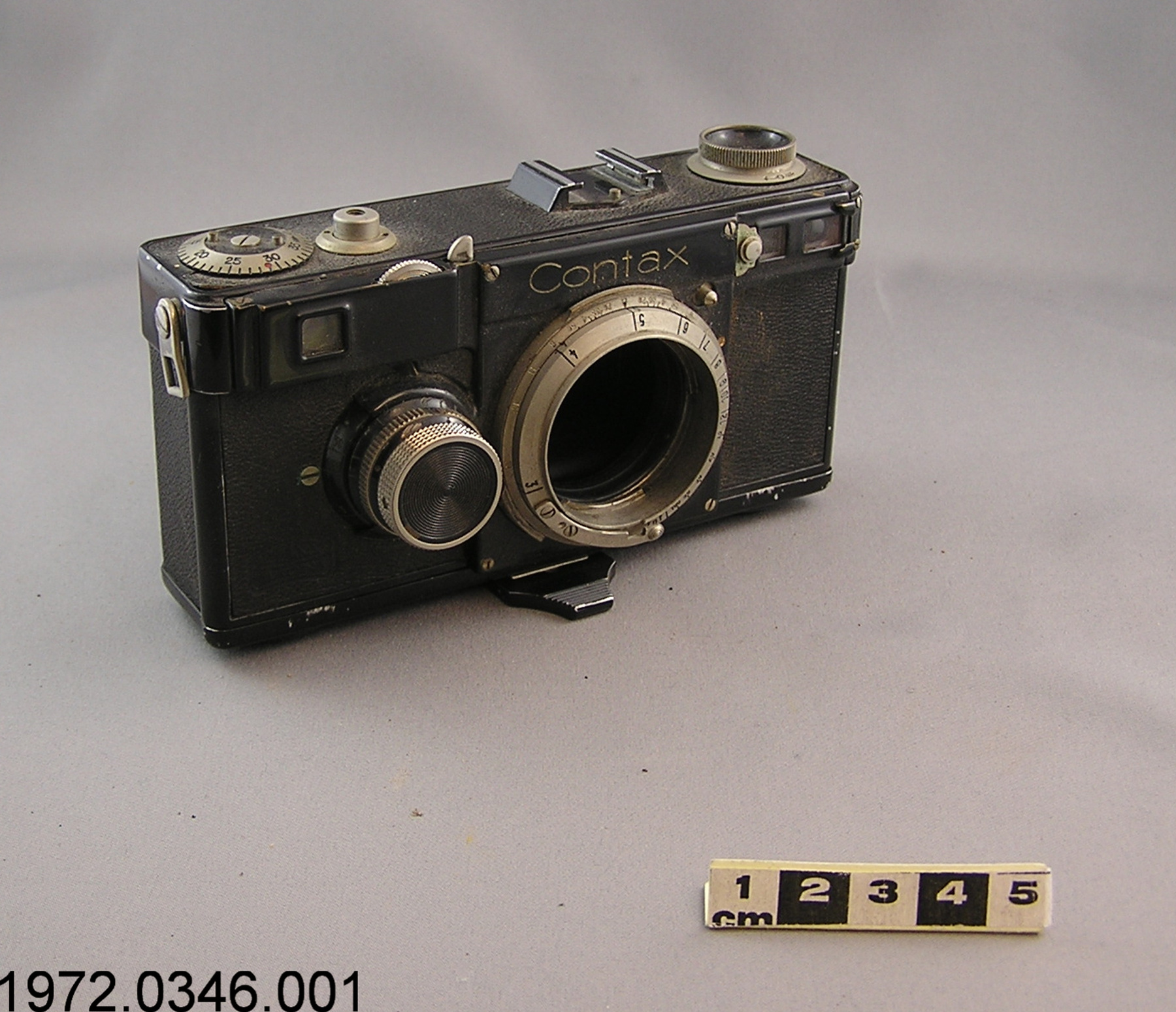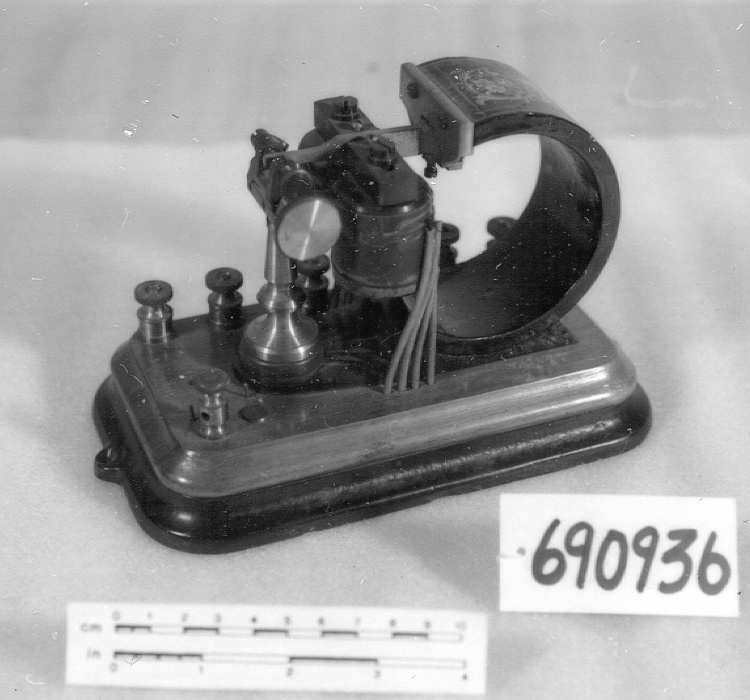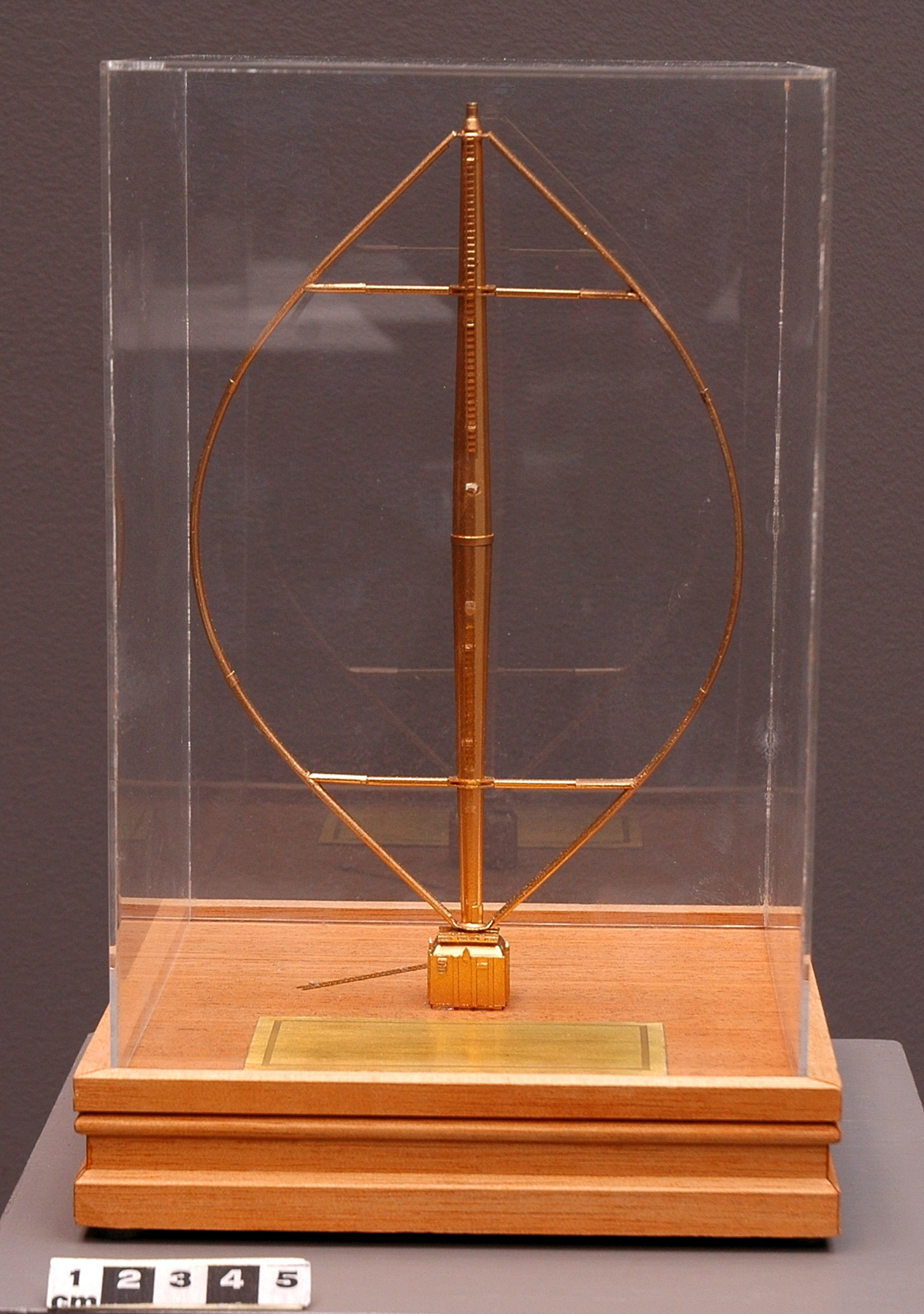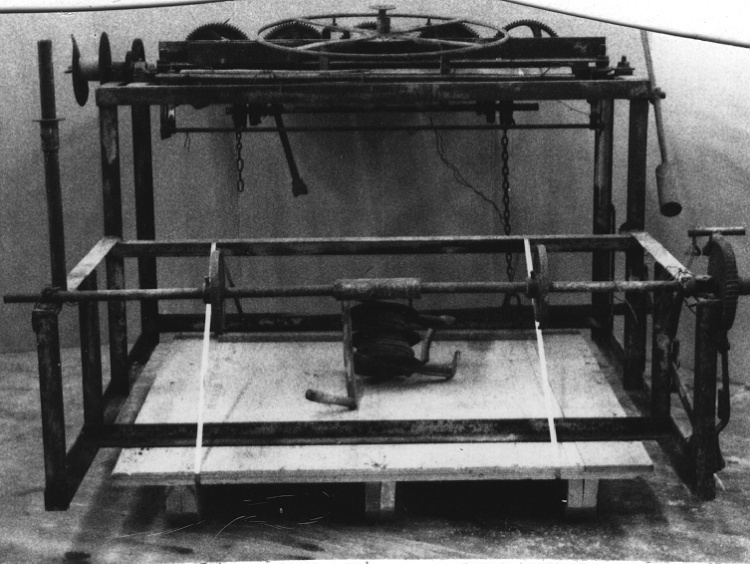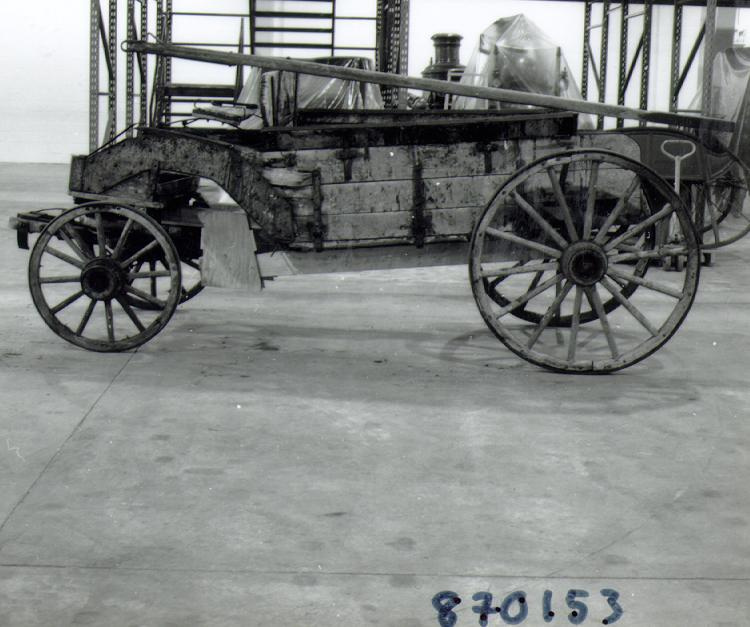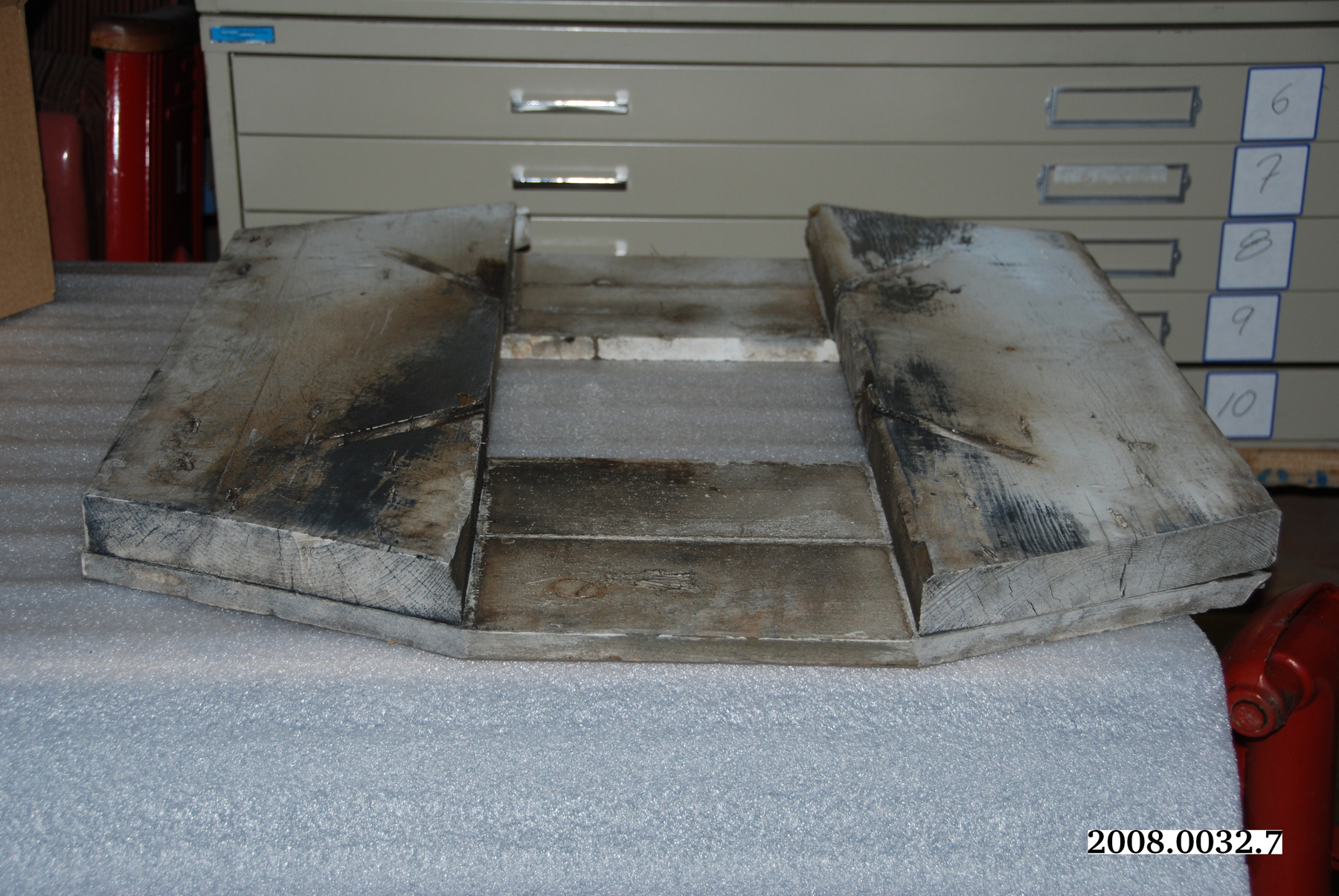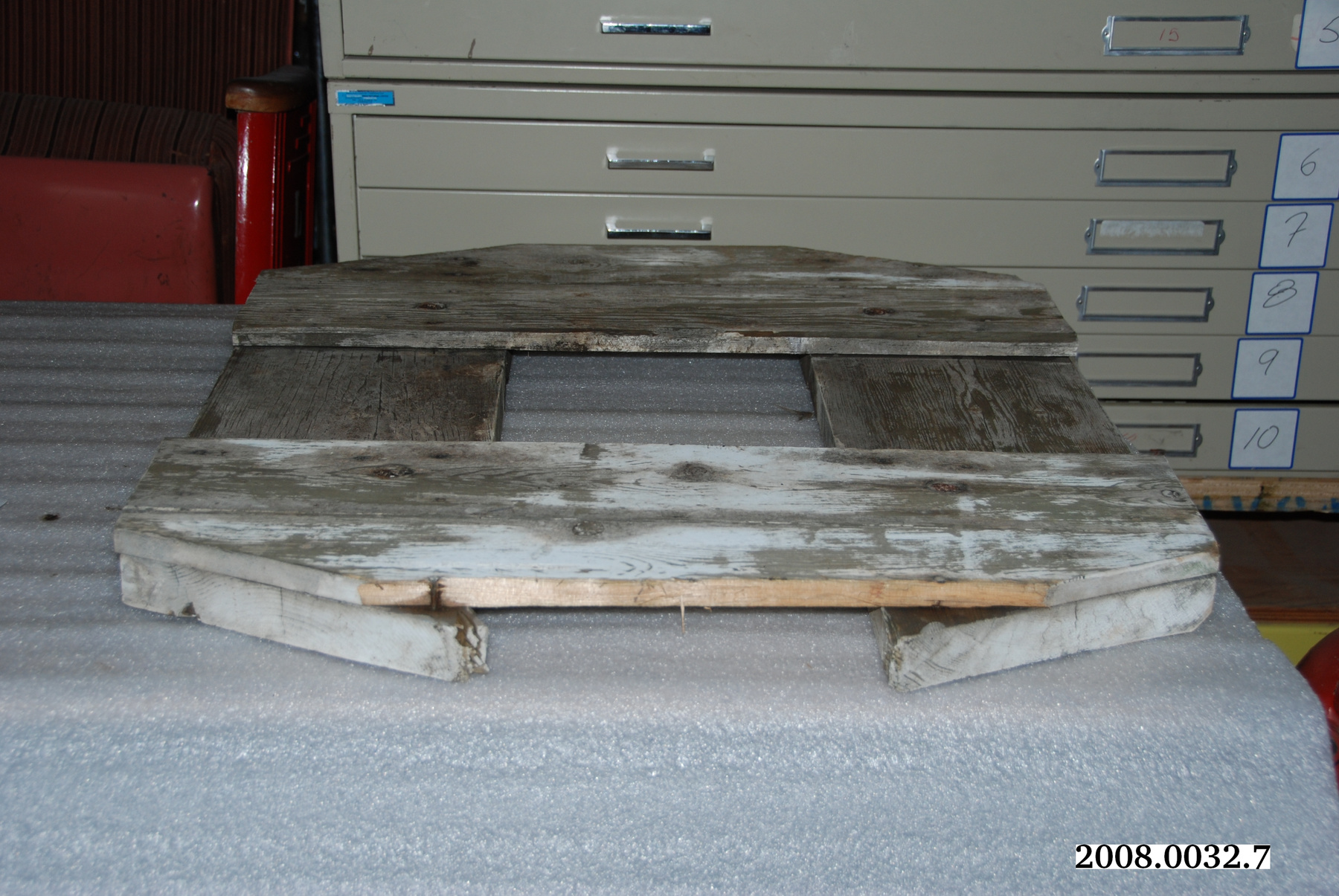Platform, windmill
Use this image
Can I reuse this image without permission? Yes
Object images on the Ingenium Collection’s portal have the following Creative Commons license:
Copyright Ingenium / CC BY-NC-ND (Attribution-NonCommercial 4.0 International (CC BY-NC 4.0)
ATTRIBUTE THIS IMAGE
Ingenium,
2008.0032.007
Permalink:
Ingenium is releasing this image under the Creative Commons licensing framework, and encourages downloading and reuse for non-commercial purposes. Please acknowledge Ingenium and cite the artifact number.
DOWNLOAD IMAGEPURCHASE THIS IMAGE
This image is free for non-commercial use.
For commercial use, please consult our Reproduction Fees and contact us to purchase the image.
- OBJECT TYPE
- WOOD
- DATE
- 1918
- ARTIFACT NUMBER
- 2008.0032.007
- MANUFACTURER
- Elgin Wind Power & Pump Co.
- MODEL
- Hummer
- LOCATION
- Elgin, Illinois, United States of America
More Information
General Information
- Serial #
- N/A
- Part Number
- 7
- Total Parts
- 33
- AKA
- N/A
- Patents
- N/A
- General Description
- wood
Dimensions
Note: These reflect the general size for storage and are not necessarily representative of the object's true dimensions.
- Length
- 80.0 cm
- Width
- 73.0 cm
- Height
- 6.5 cm
- Thickness
- N/A
- Weight
- N/A
- Diameter
- N/A
- Volume
- N/A
Lexicon
- Group
- Agriculture
- Category
- Power sources
- Sub-Category
- N/A
Manufacturer
- AKA
- Elgin
- Country
- United States of America
- State/Province
- Illinois
- City
- Elgin
Context
- Country
- Canada
- State/Province
- Ontario
- Period
- Unknown
- Canada
-
Mr. Mott actively collected windmills after his retirement from Ontario Hydro in the mid 1970s. Before that he acquired windmills as he came across them in the course of his lineman duties in south central and southwestern Ontario. - Function
-
All parts to this catalogue number form a windmill. - Technical
-
Sectional windmills were most commonly built of wood, though models with metal sections were available as an option from some manufacturers (including Elgin Wind Power). The wheel sections of this wooden windmill fold open and closed. This means the sections pivot in and out to regulate the amount of their surface area that is exposed to the wind. The control on this activity to prevent the windmill from spinning out of control and breaking is affected through the use of a cast iron governing/counter weight. The easiest (and best) way to understand this process is to stand with your back to the wind and try opening and closing an umbrella. The combination of the tendency of the sections to swing into the wind and of the counter-weight's control over the opening and closing of the sections has the key effect of regulating the windmill's speed/action. Unlike a fixed vane windmill the wheel sections of vaneless windmills turn behind the derrick. Although by the turn of the century it was most common to use angle iron in the construction of windmill towers, wooden Hummers were equipped with a wooden tower on which was mounted a maintenance platform. The edge of the platform (as is the instance with this example) was often equipped with decorative ironwork by the owner. Given the majority of the components of this style of windmill were made of wood of those examples currently in existence many ave had those parts replaced. Mr. Mott took great care to use the proper wood (cypress) and even went to the extent of using hand boring tools used in the windmill industry of the period to make holes for the iron bolts. He also took care to ensure his wooden windmills were kept painted to prevent the onset of rot. - Area Notes
-
Unknown
Details
- Markings
- none
- Missing
- N/A
- Finish
- Wooden platform, painted white/ paint has weathered
- Decoration
- N/A
CITE THIS OBJECT
If you choose to share our information about this collection object, please cite:
Elgin Wind Power & Pump Co., Platform, windmill, circa 1918, Artifact no. 2008.0032, Ingenium – Canada’s Museums of Science and Innovation, http://collections.ingeniumcanada.org/en/item/2008.0032.007/
FEEDBACK
Submit a question or comment about this artifact.
More Like This

